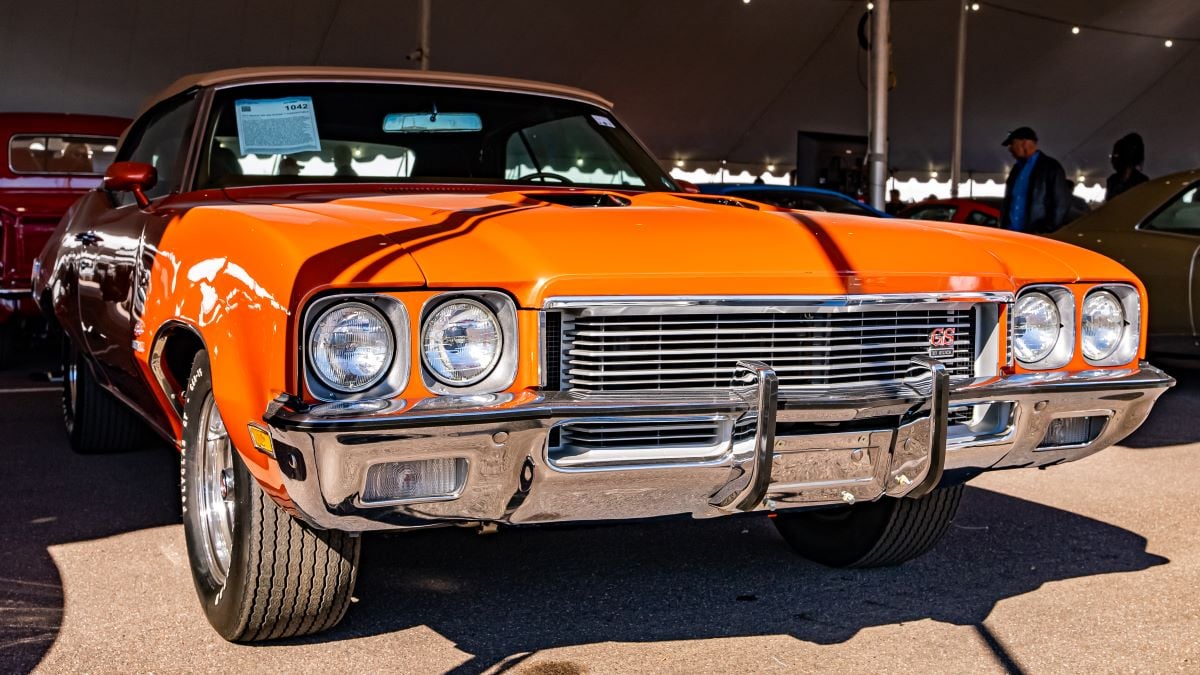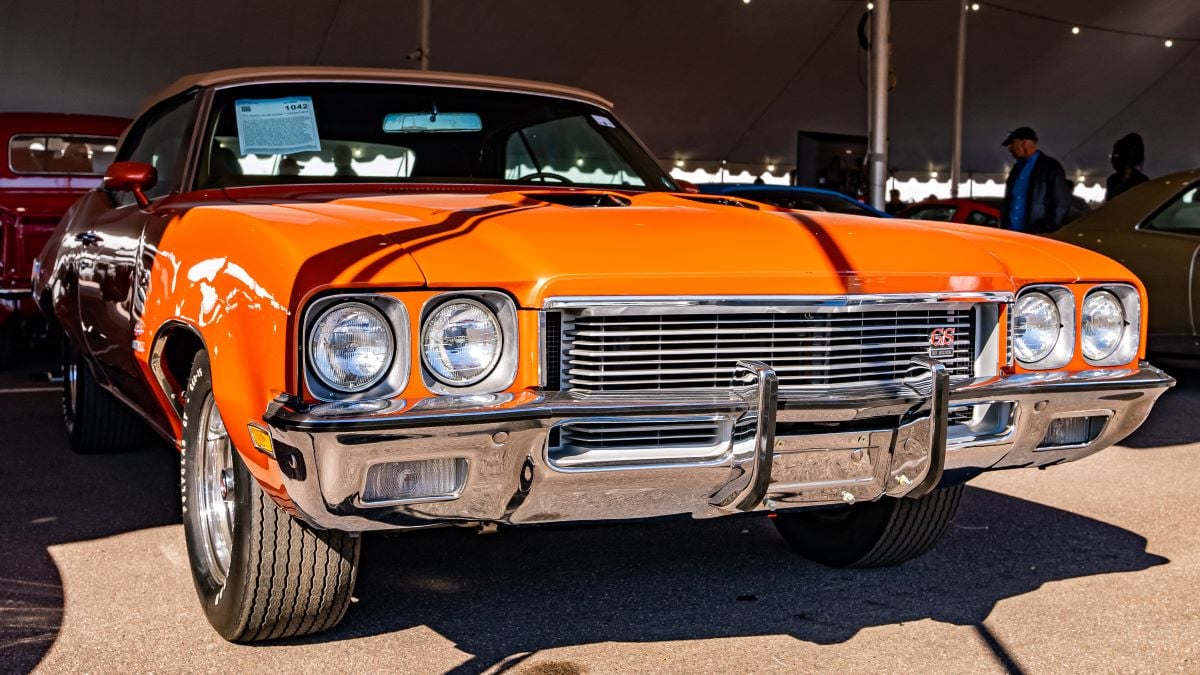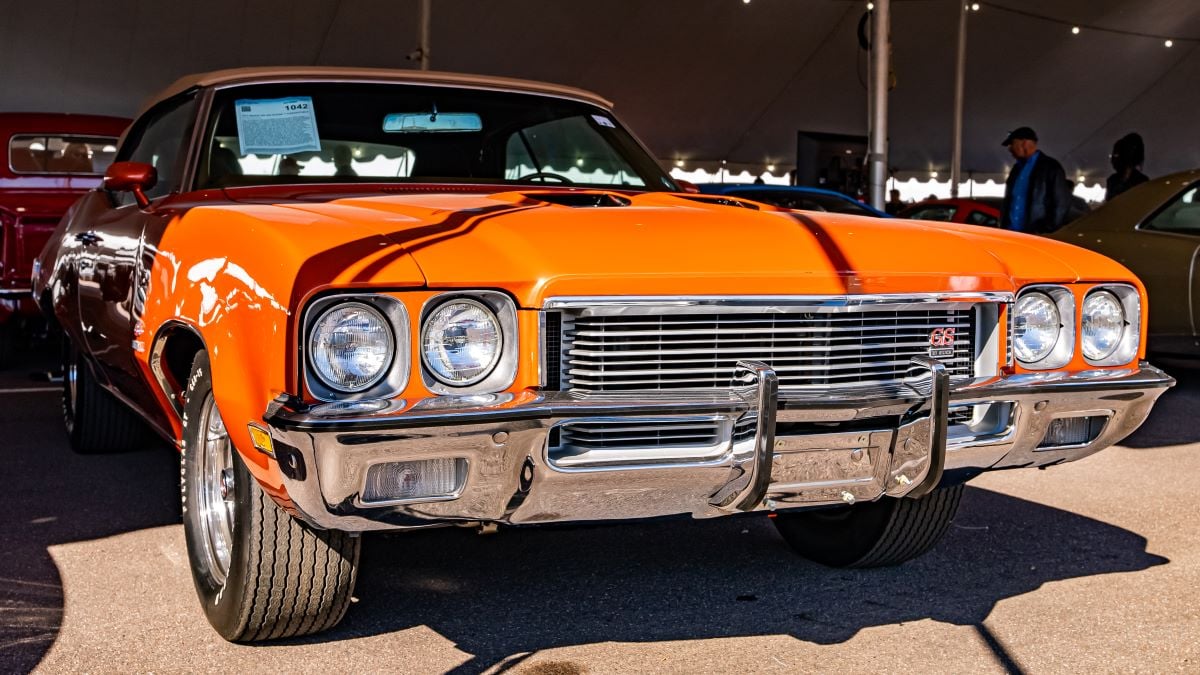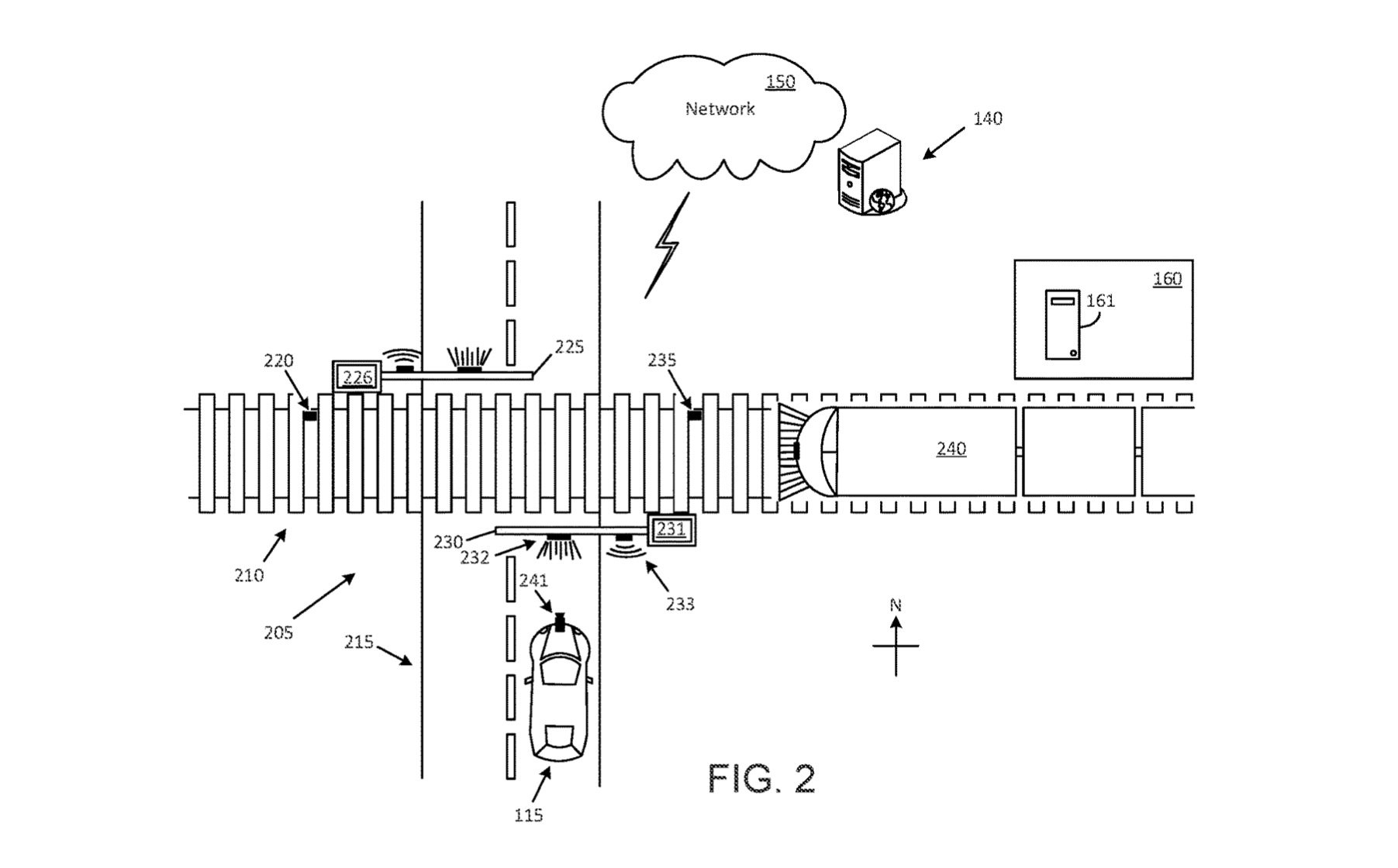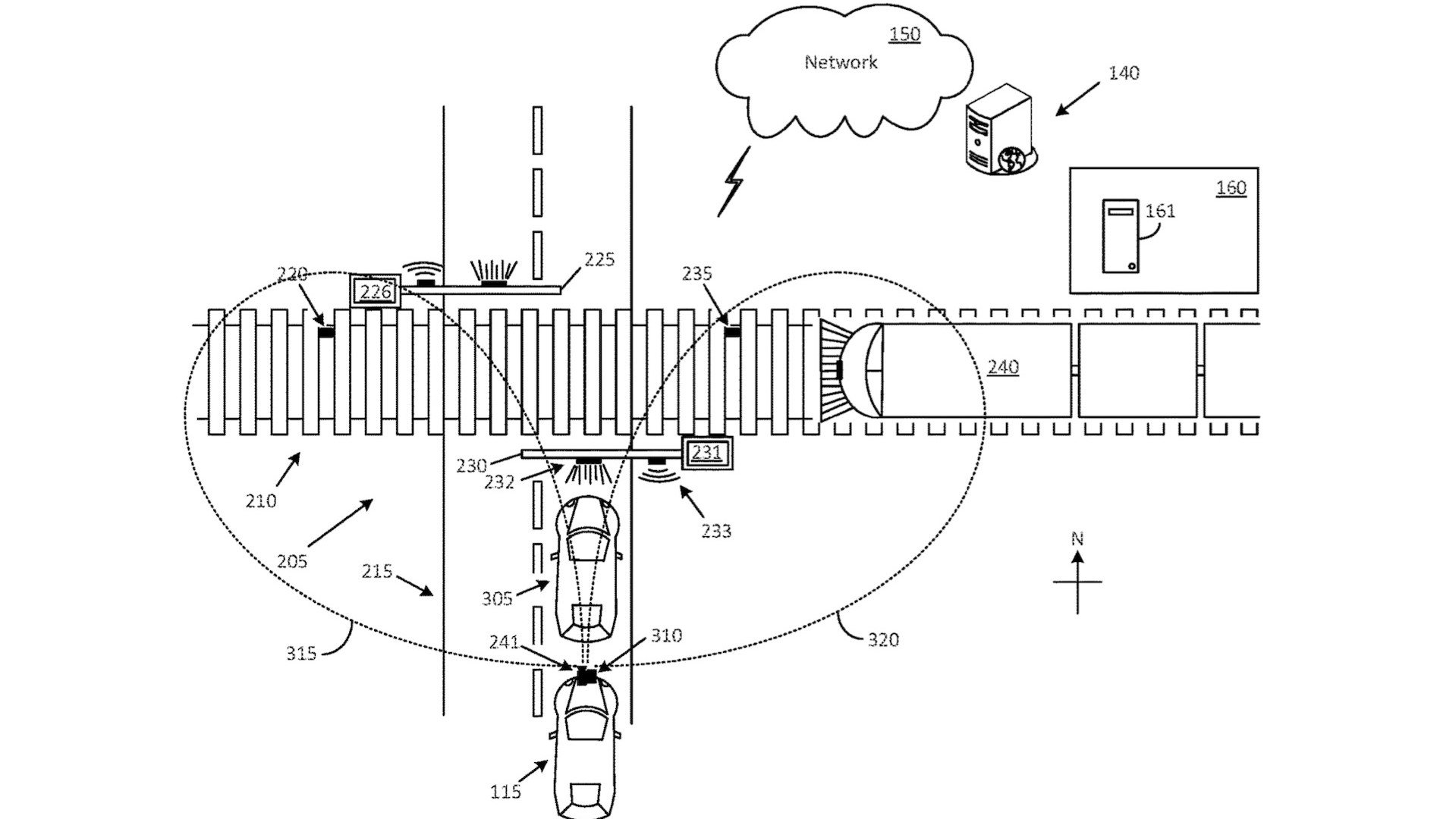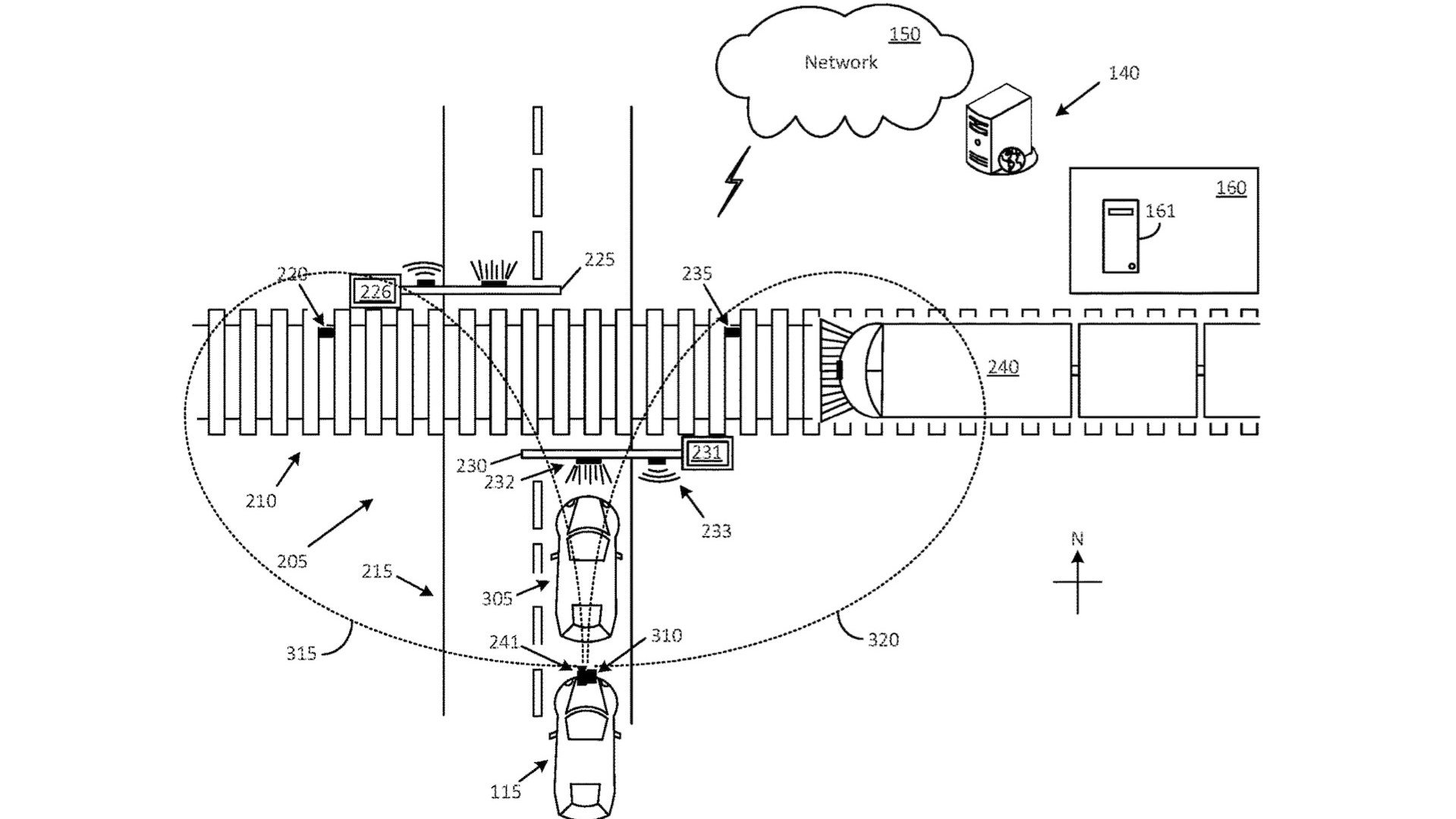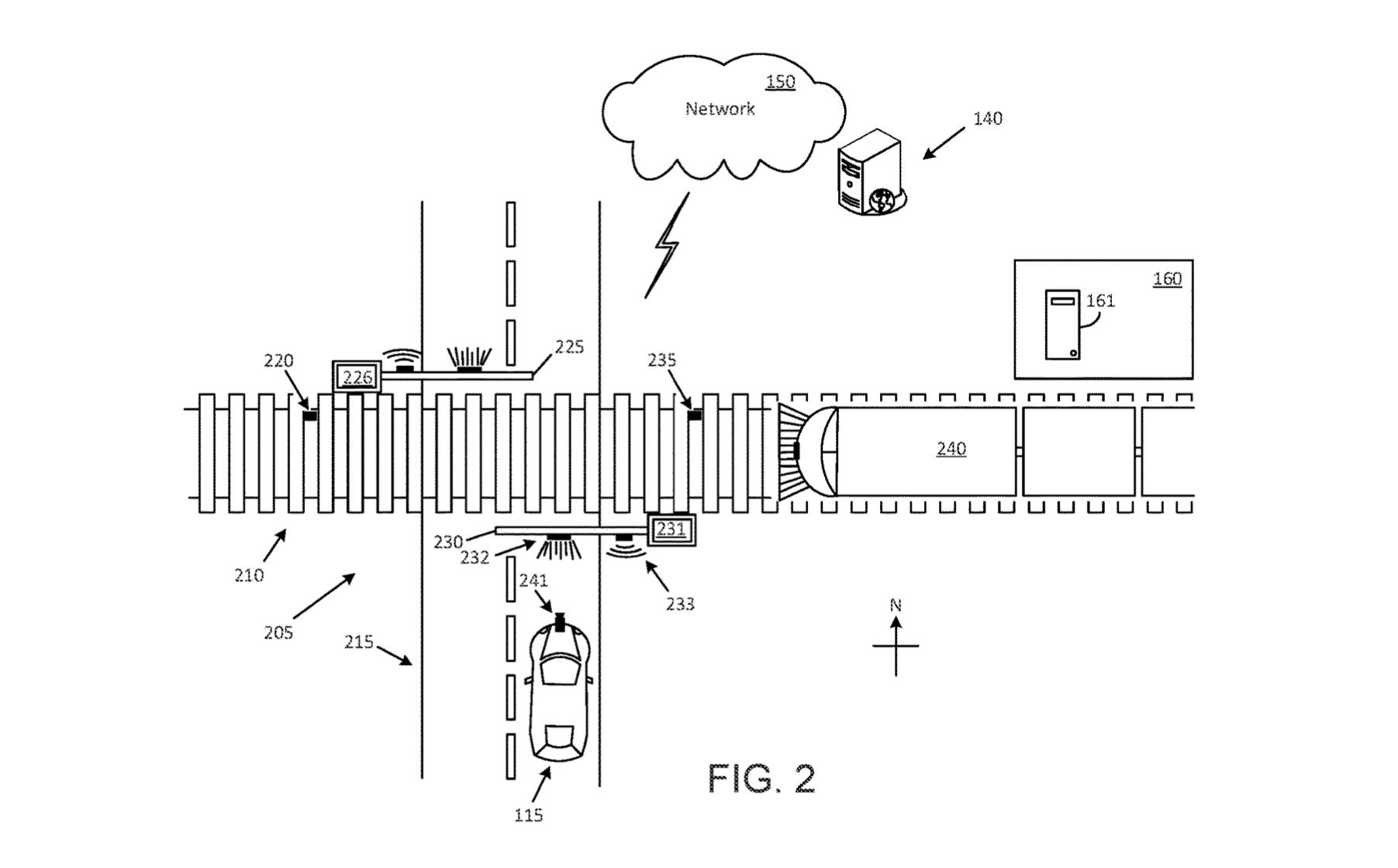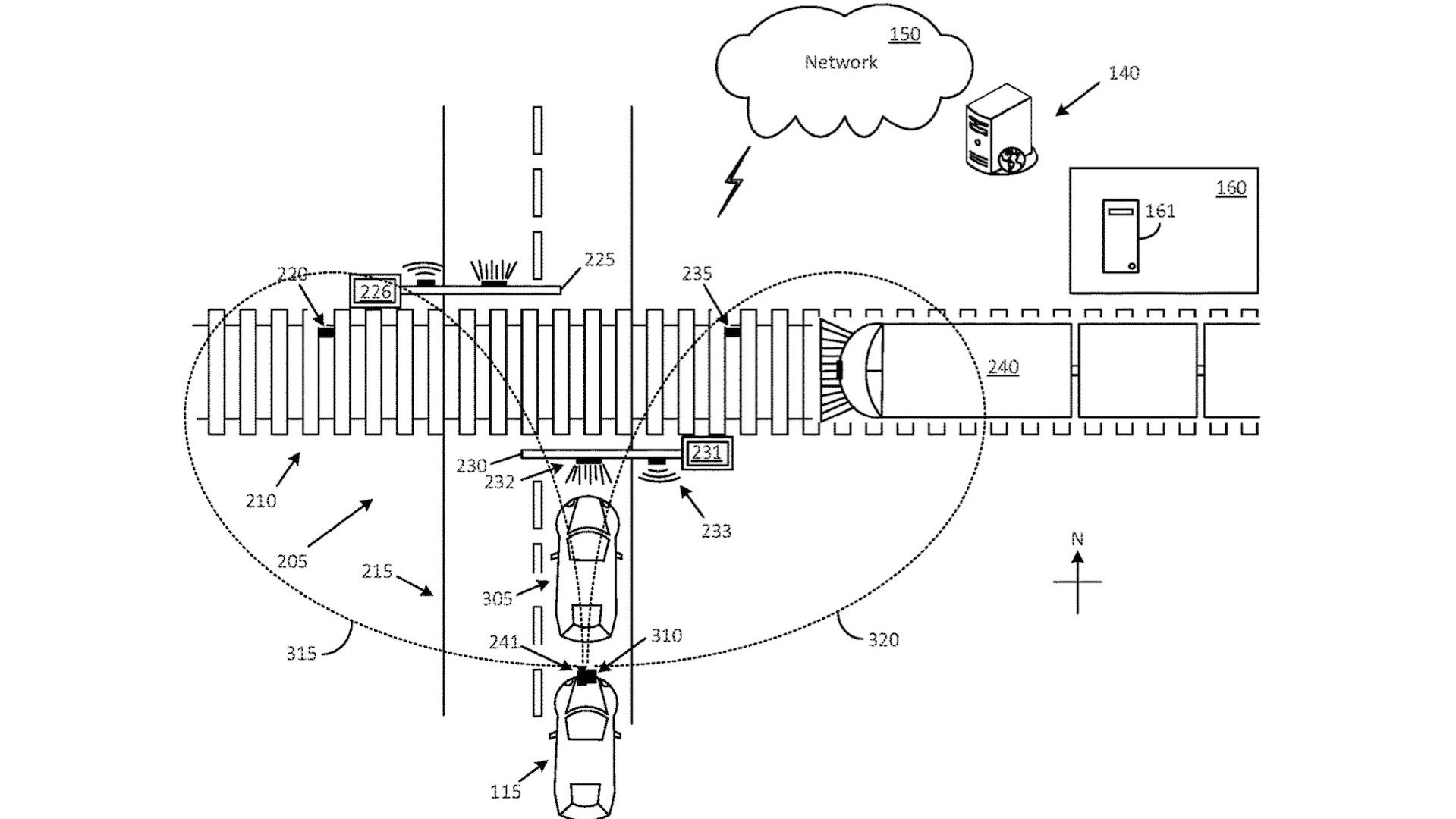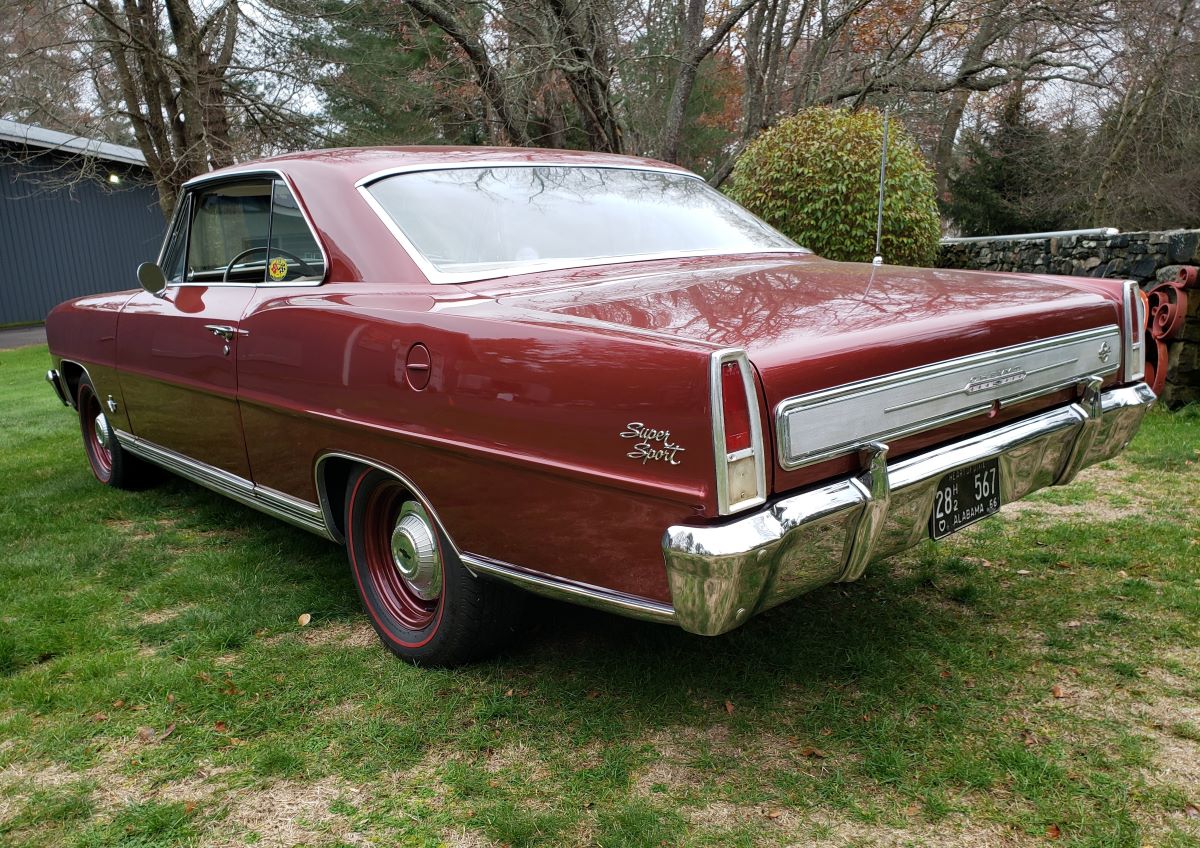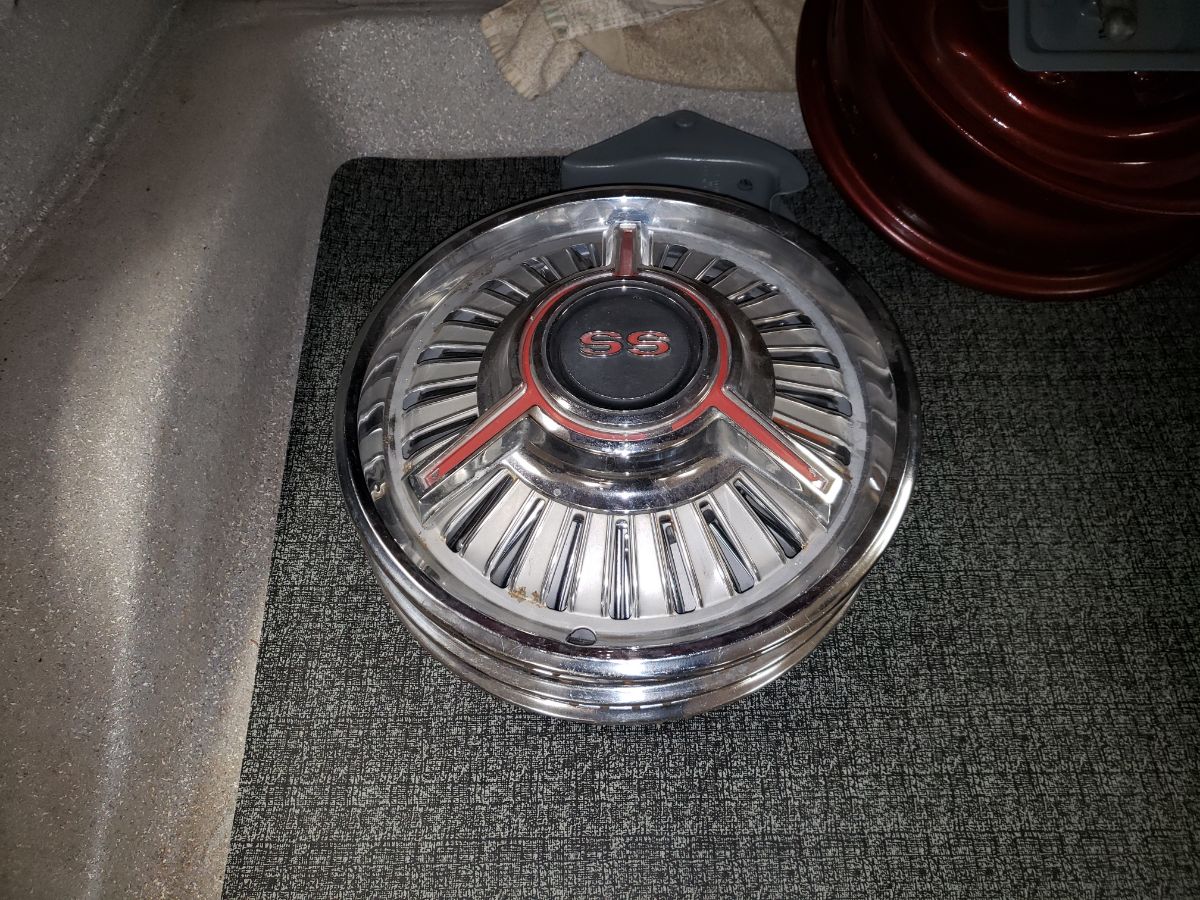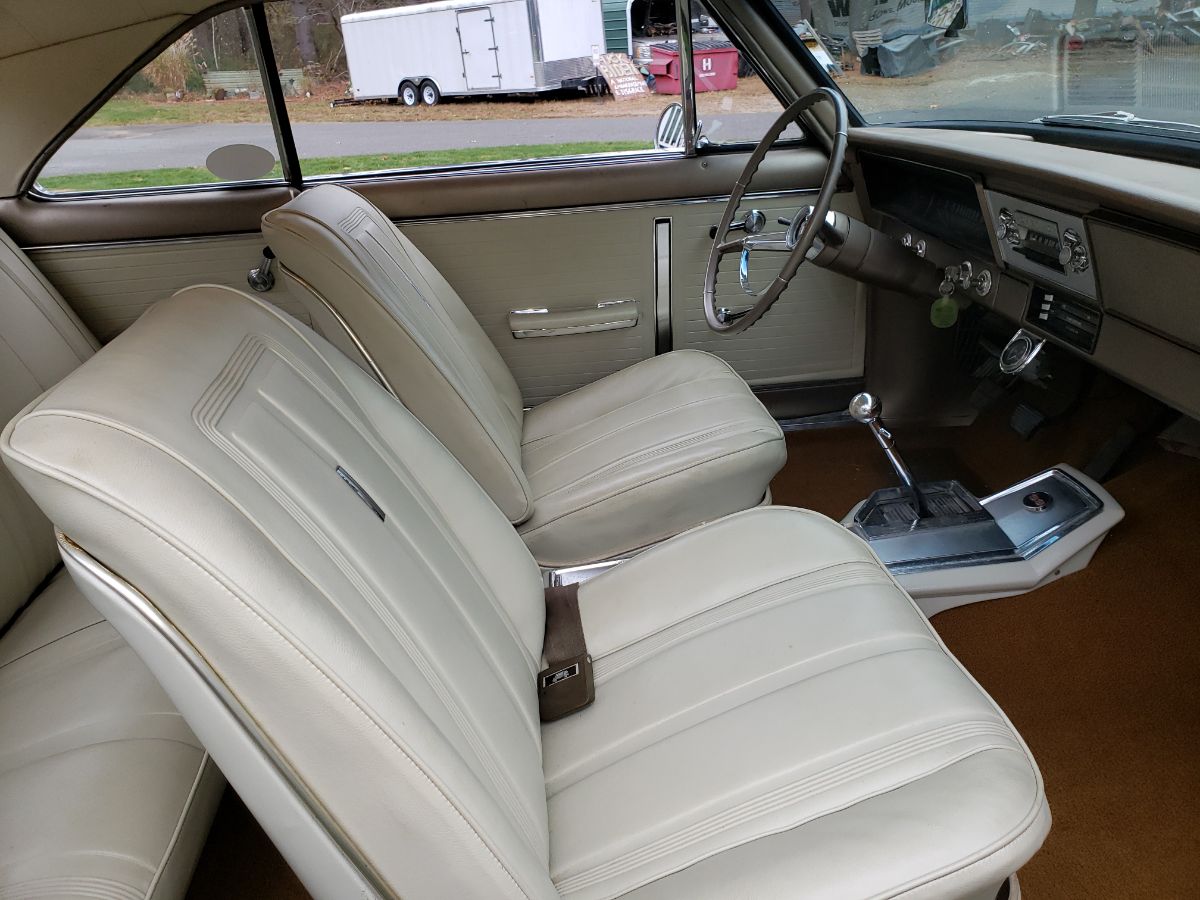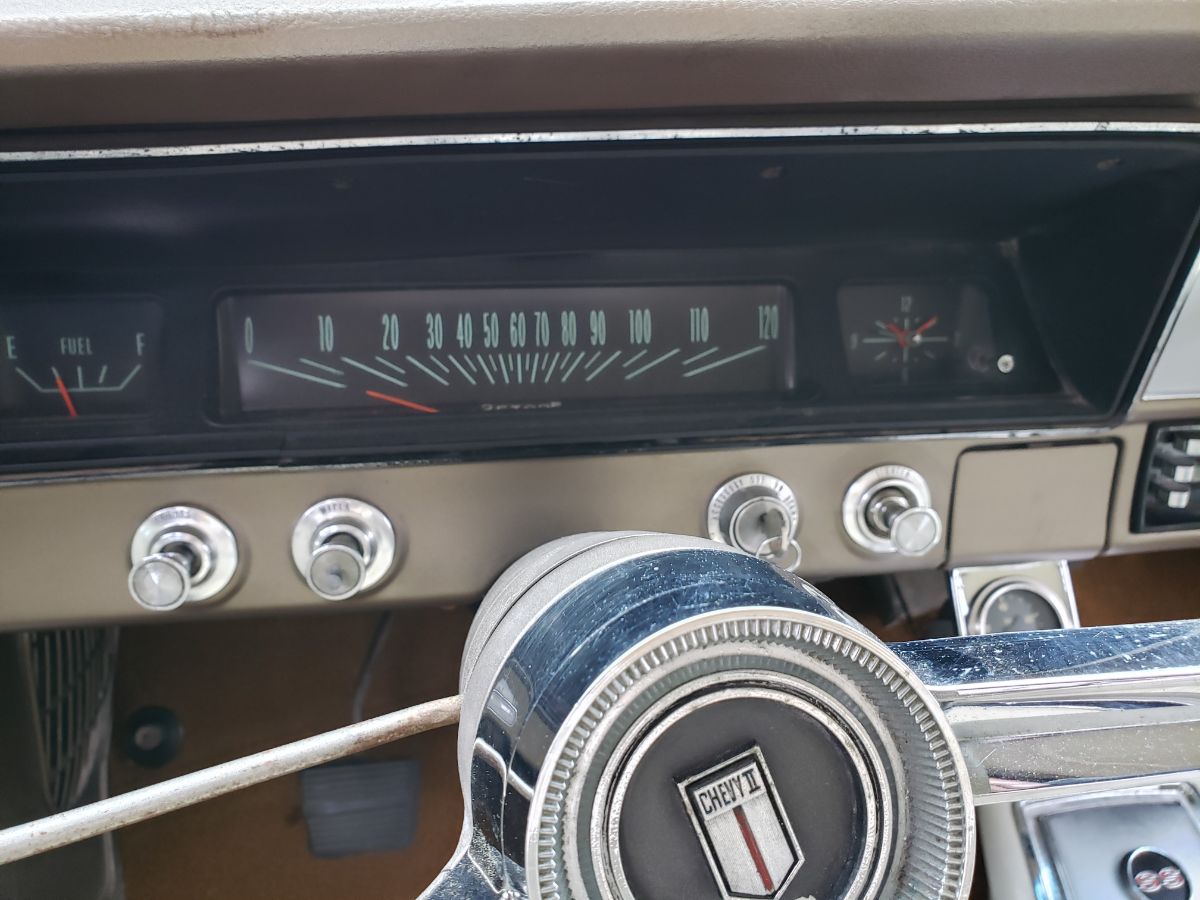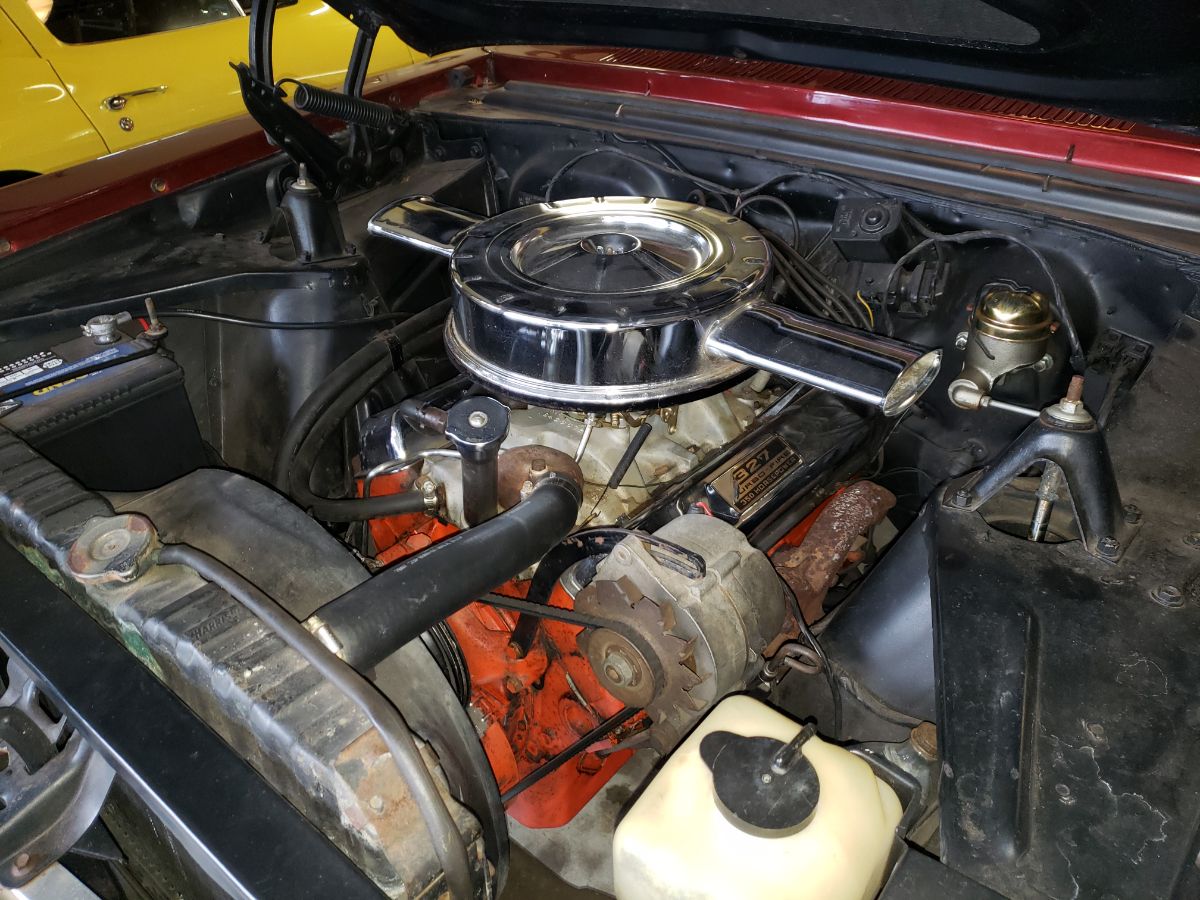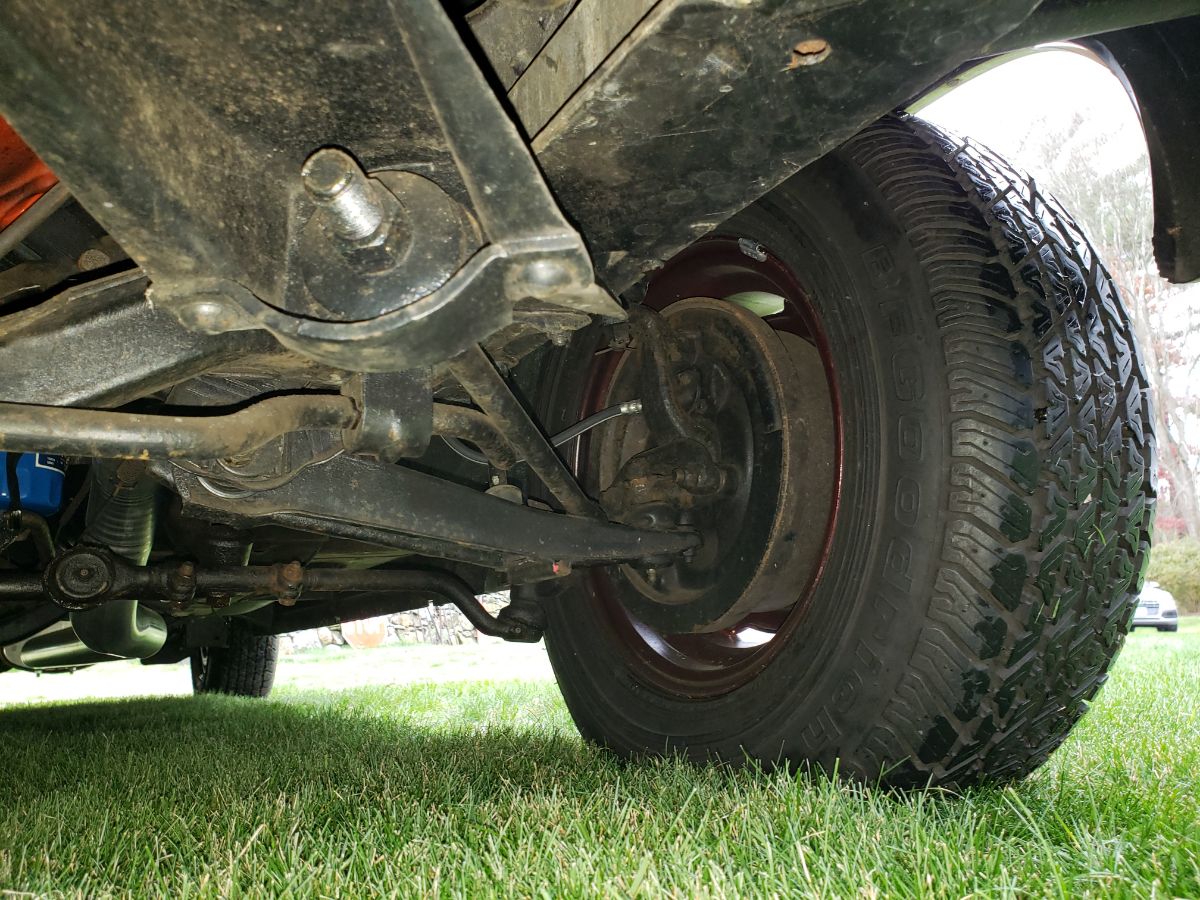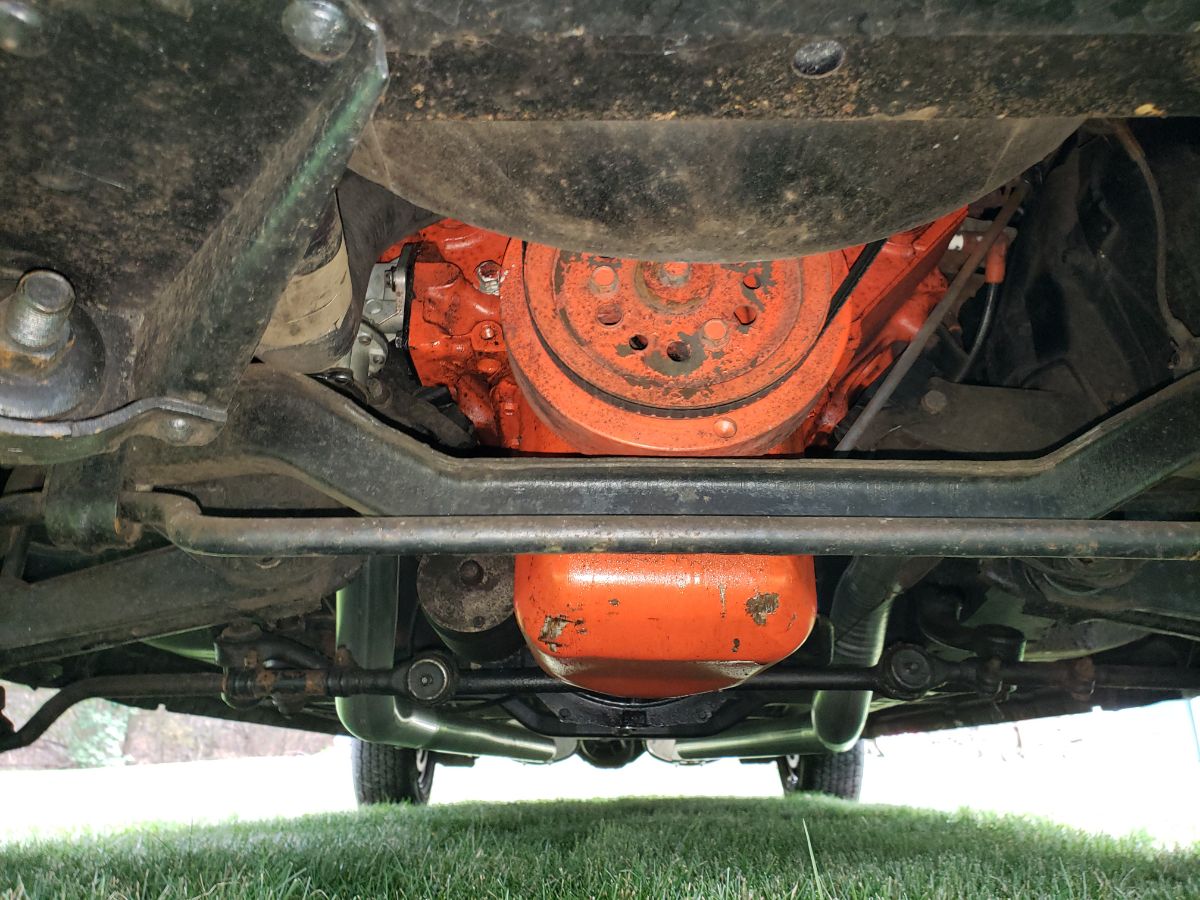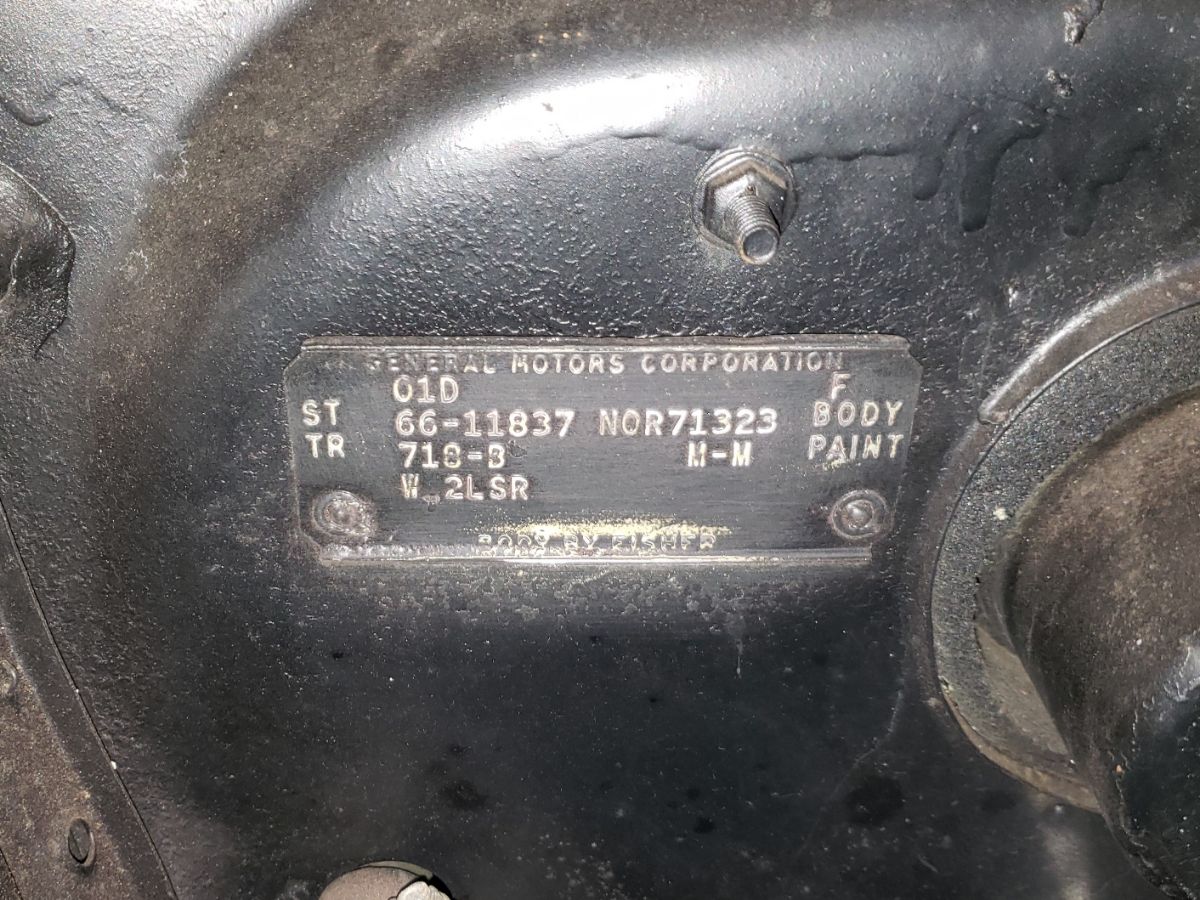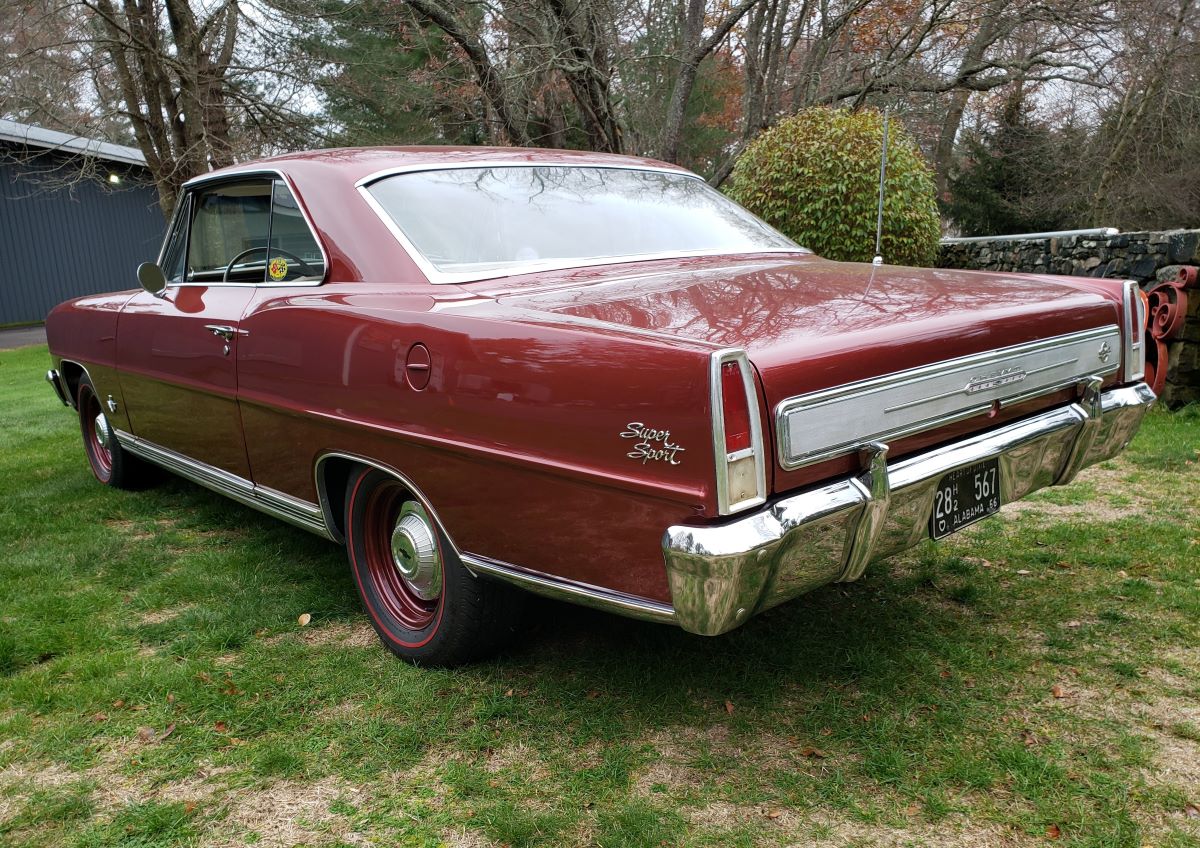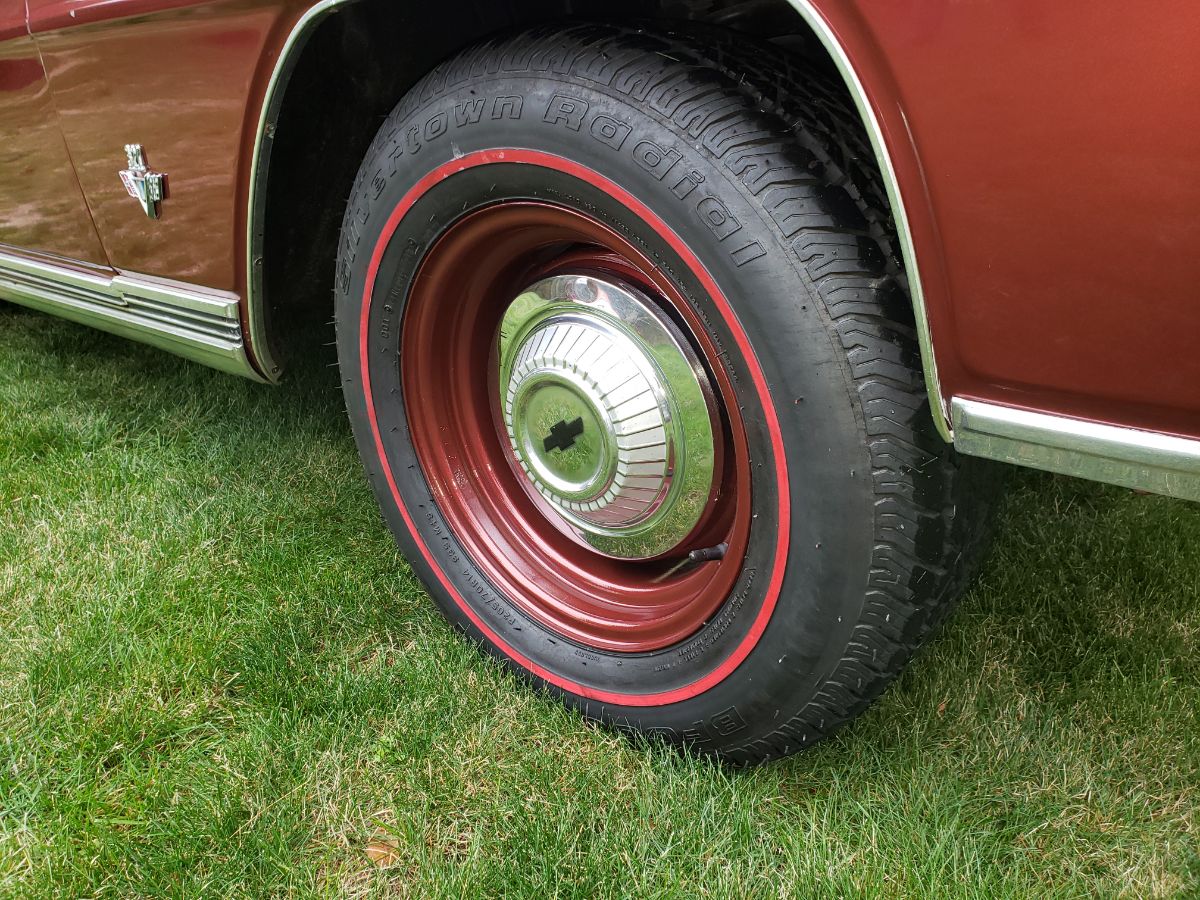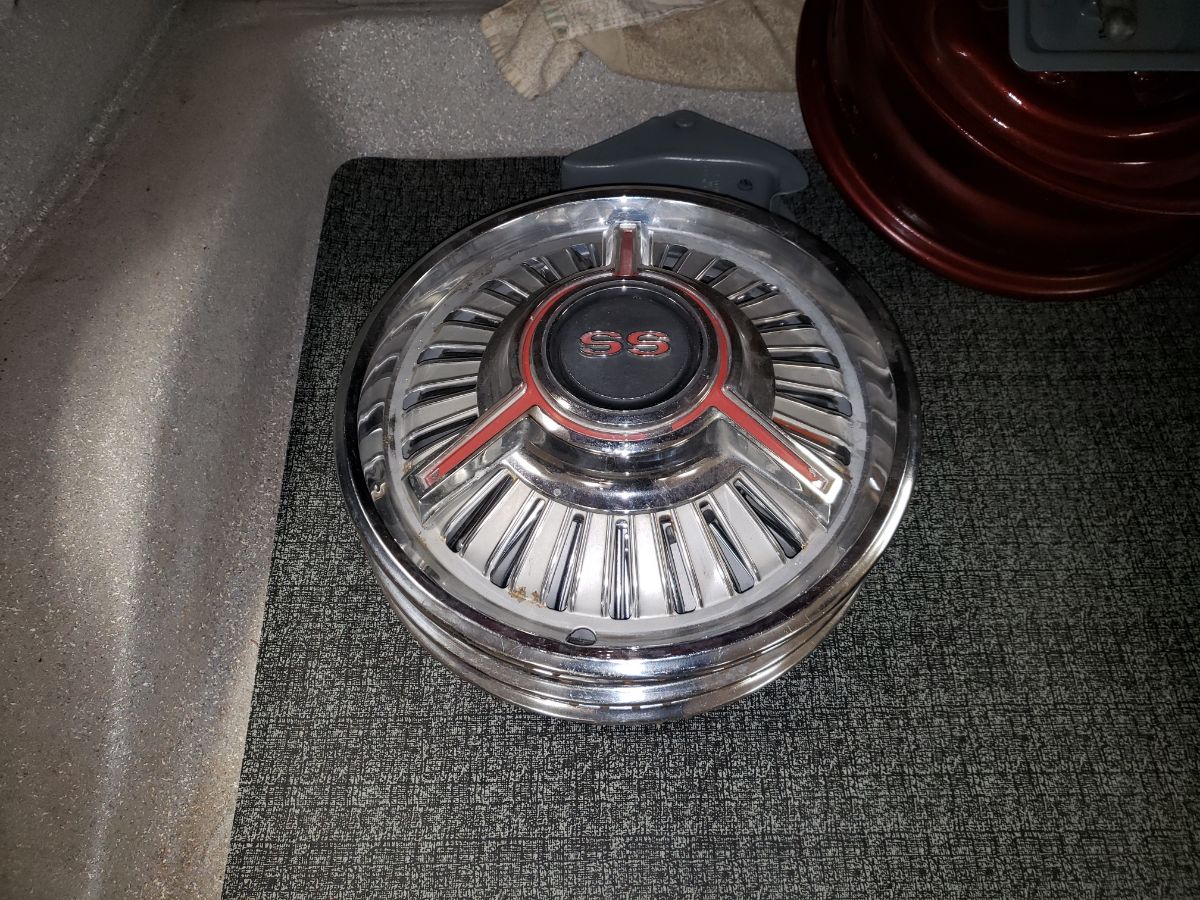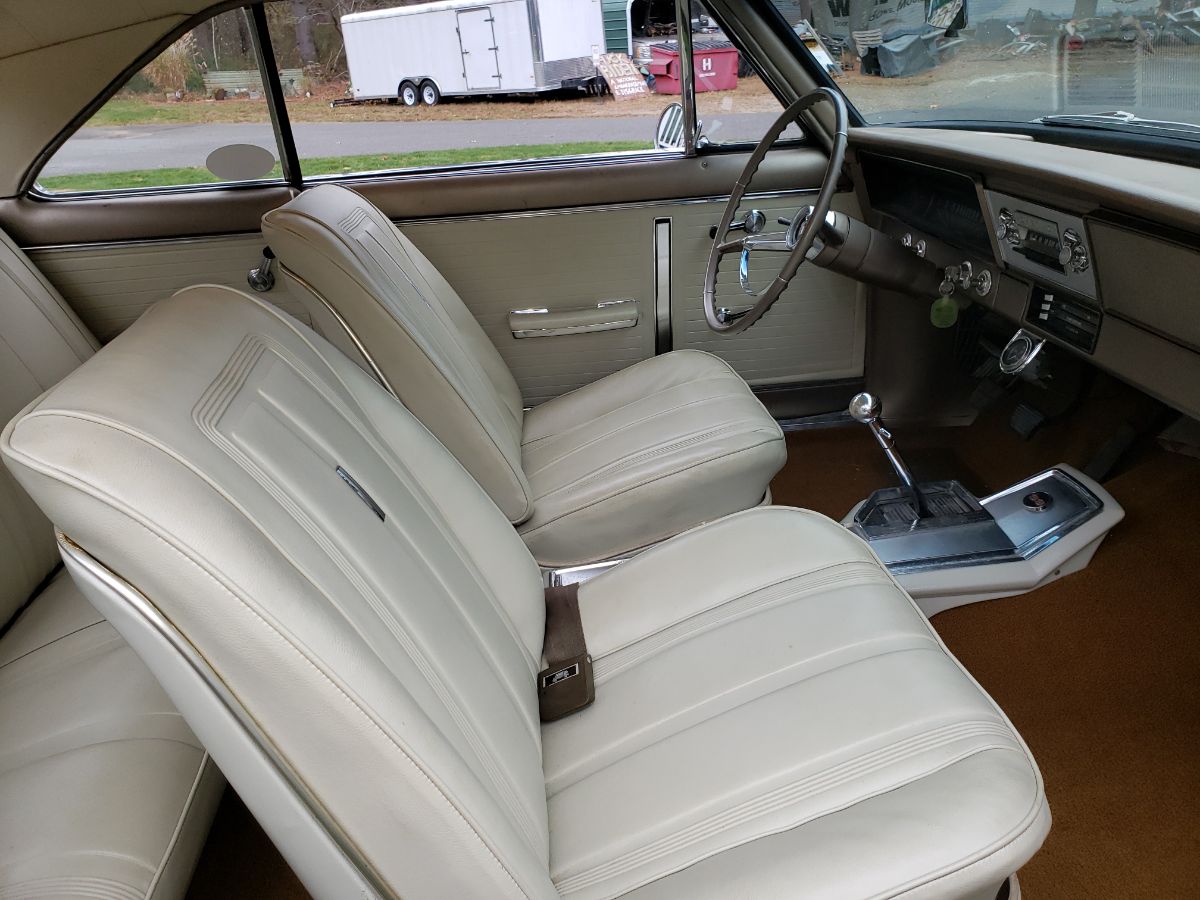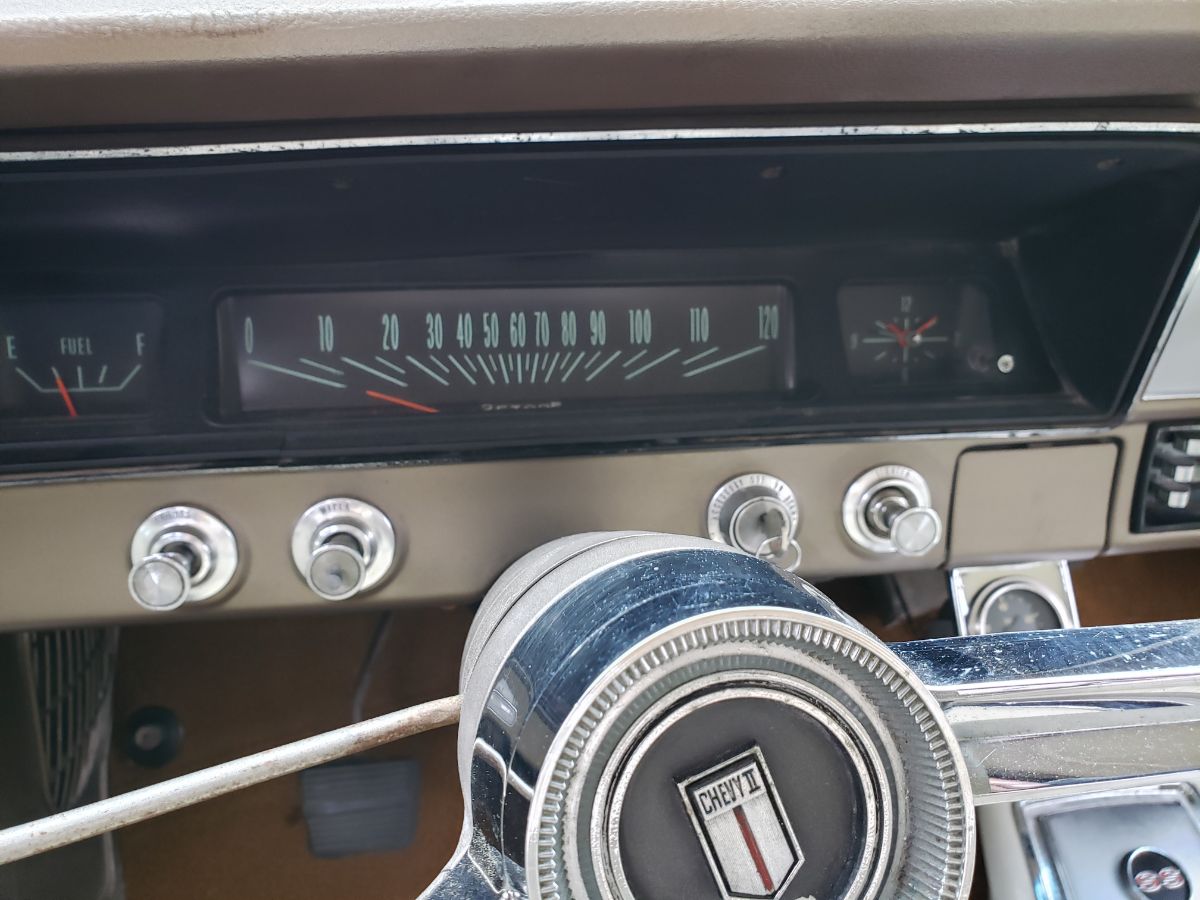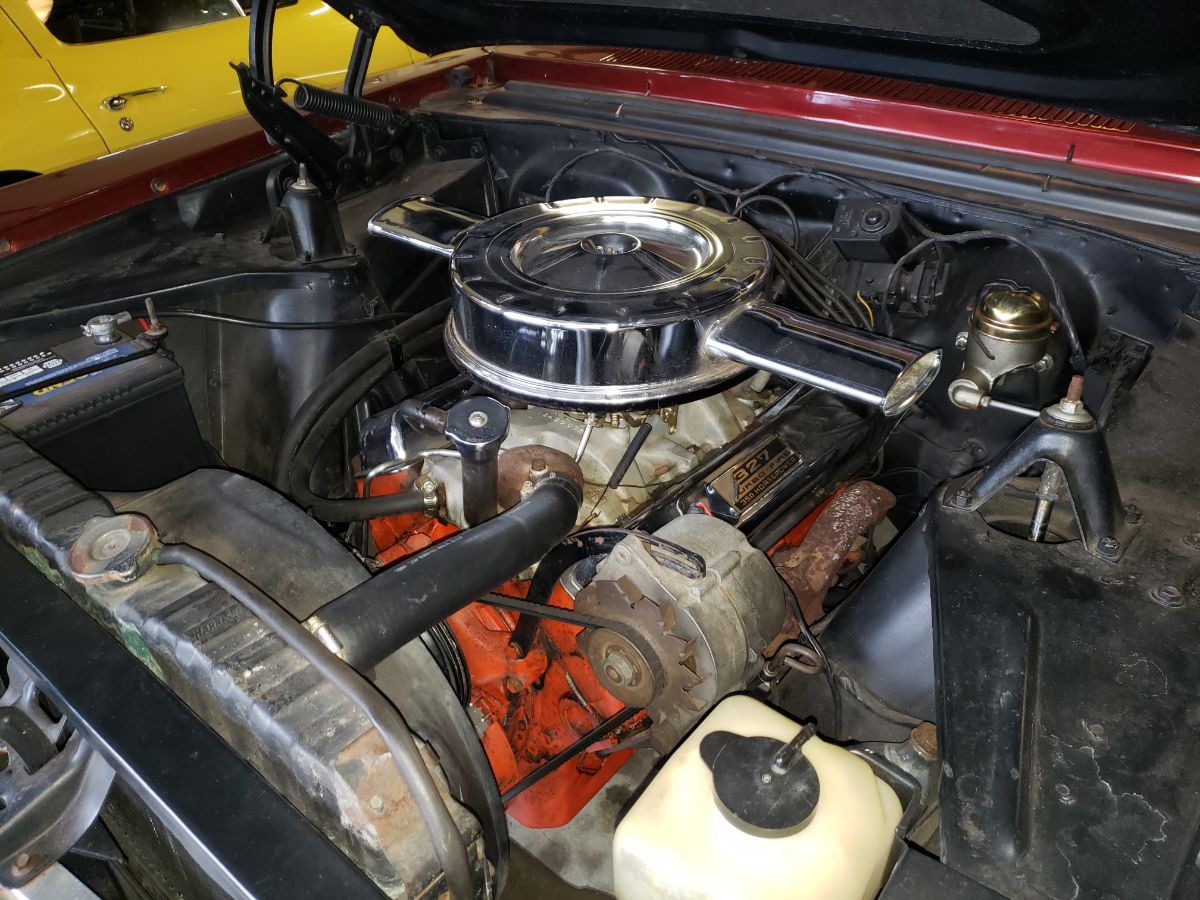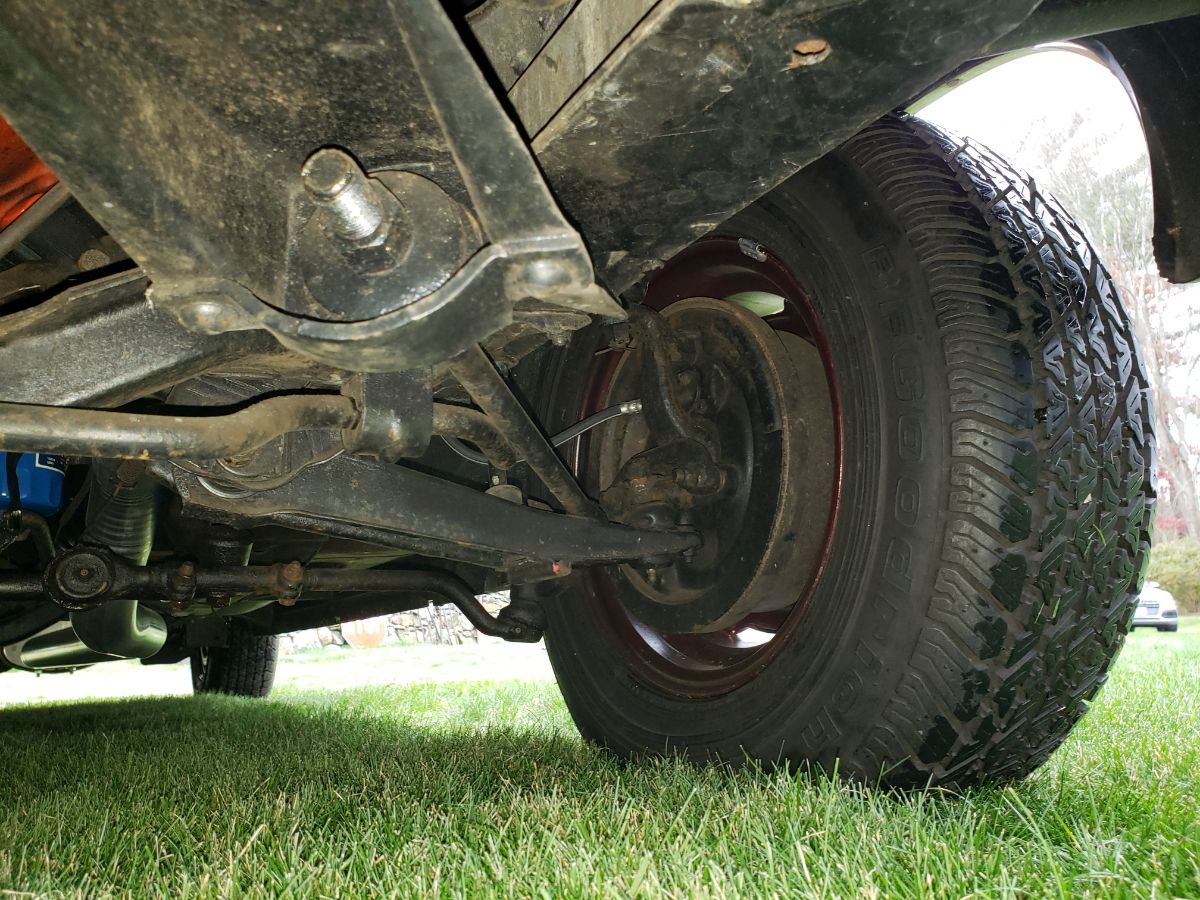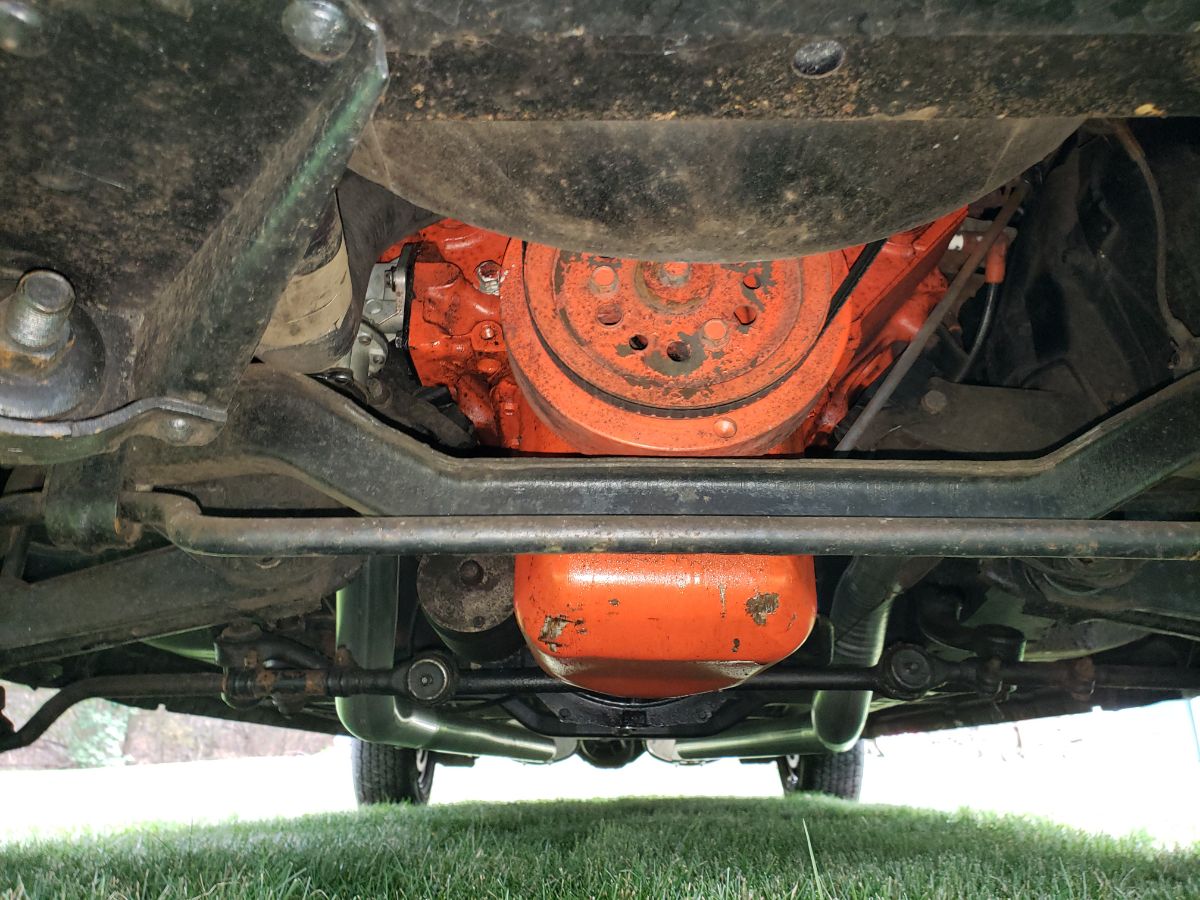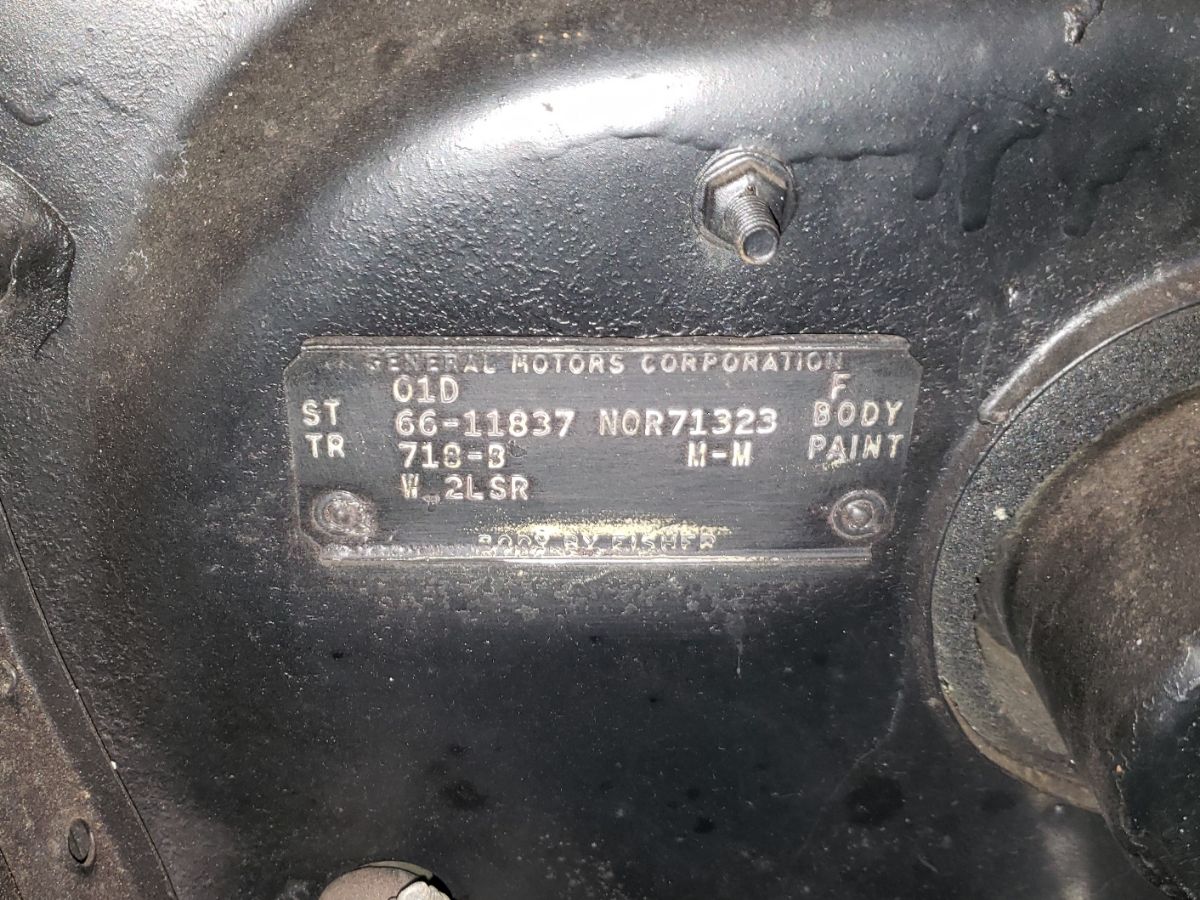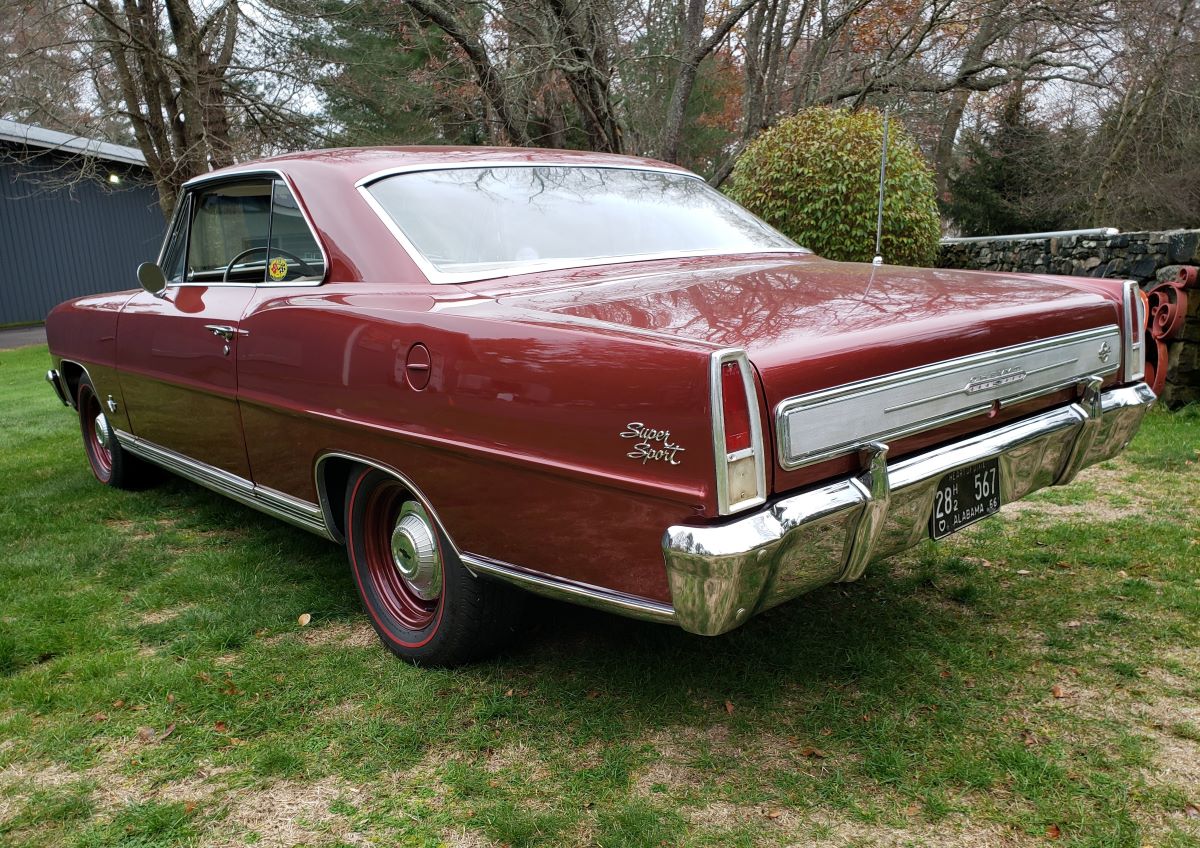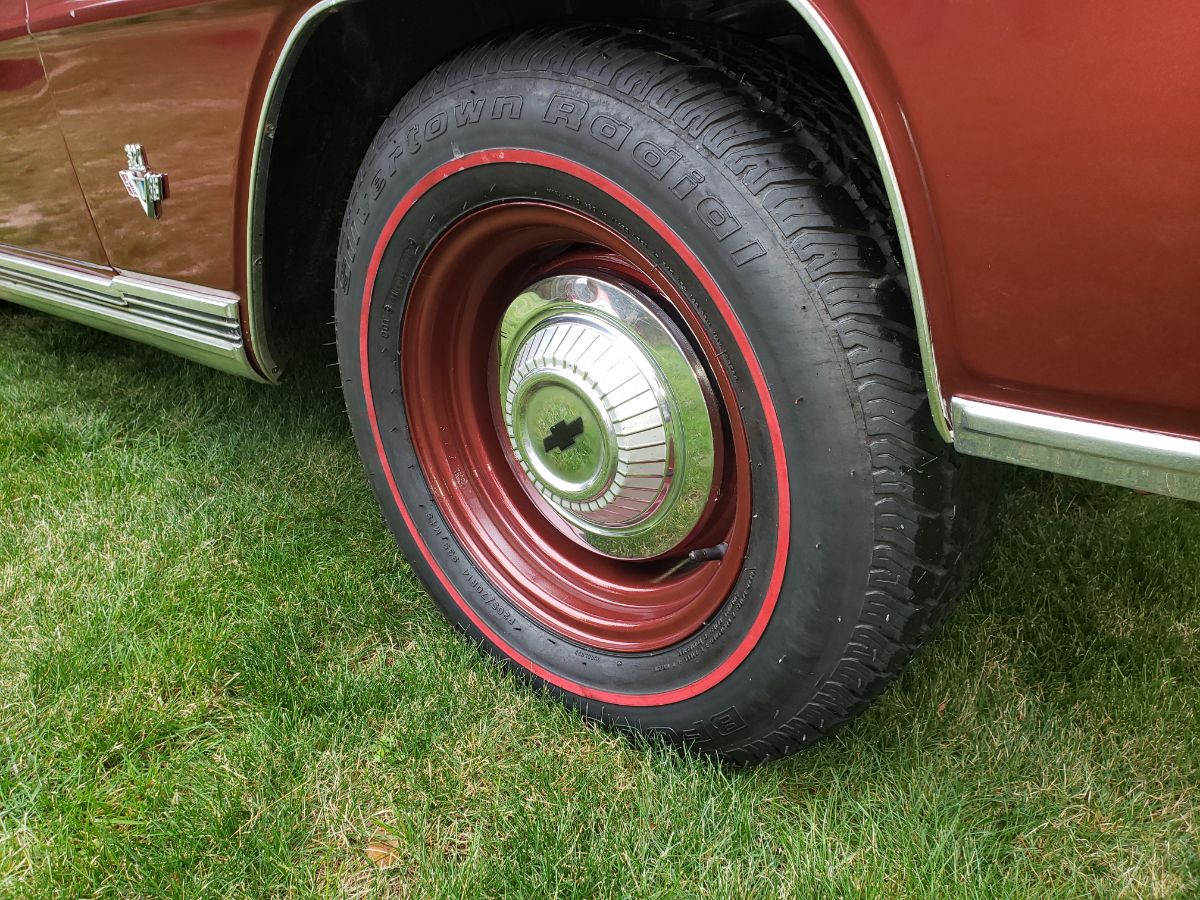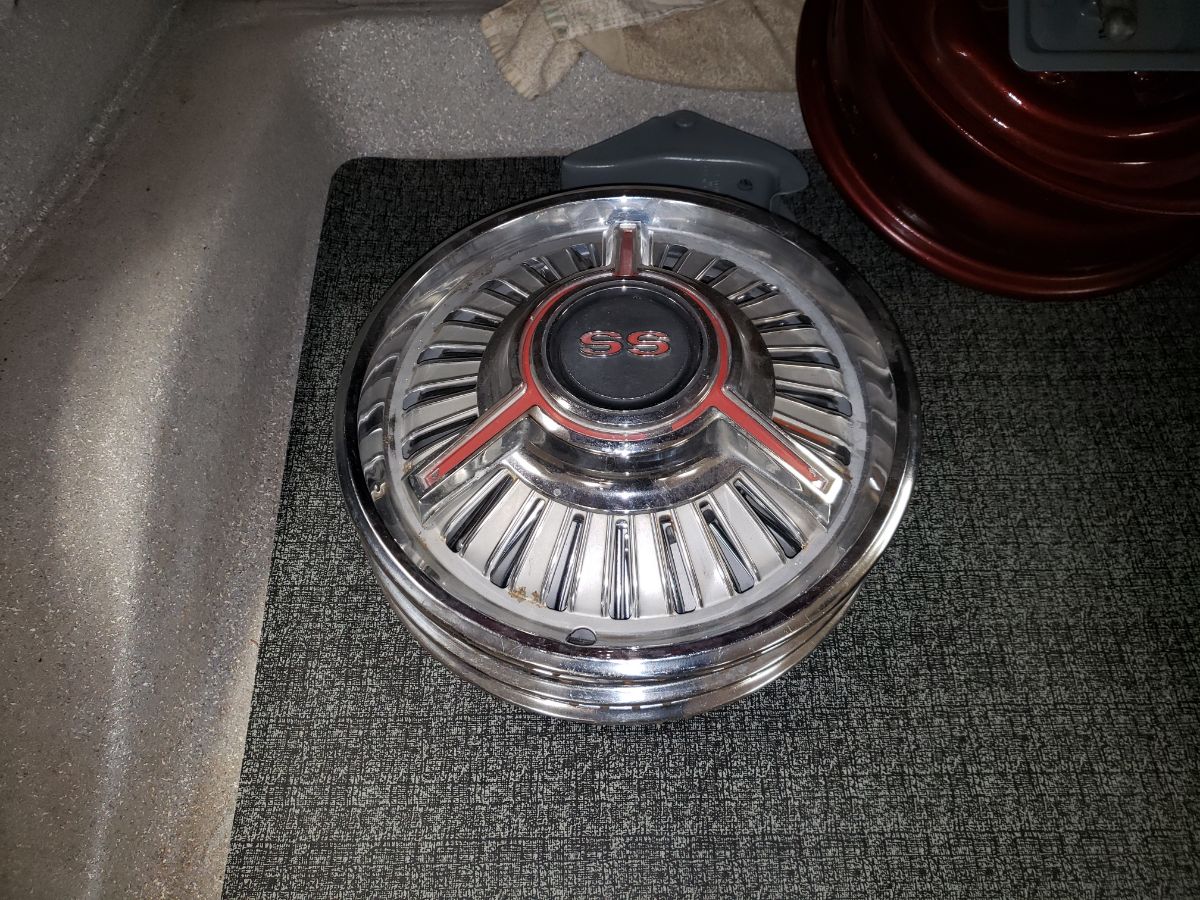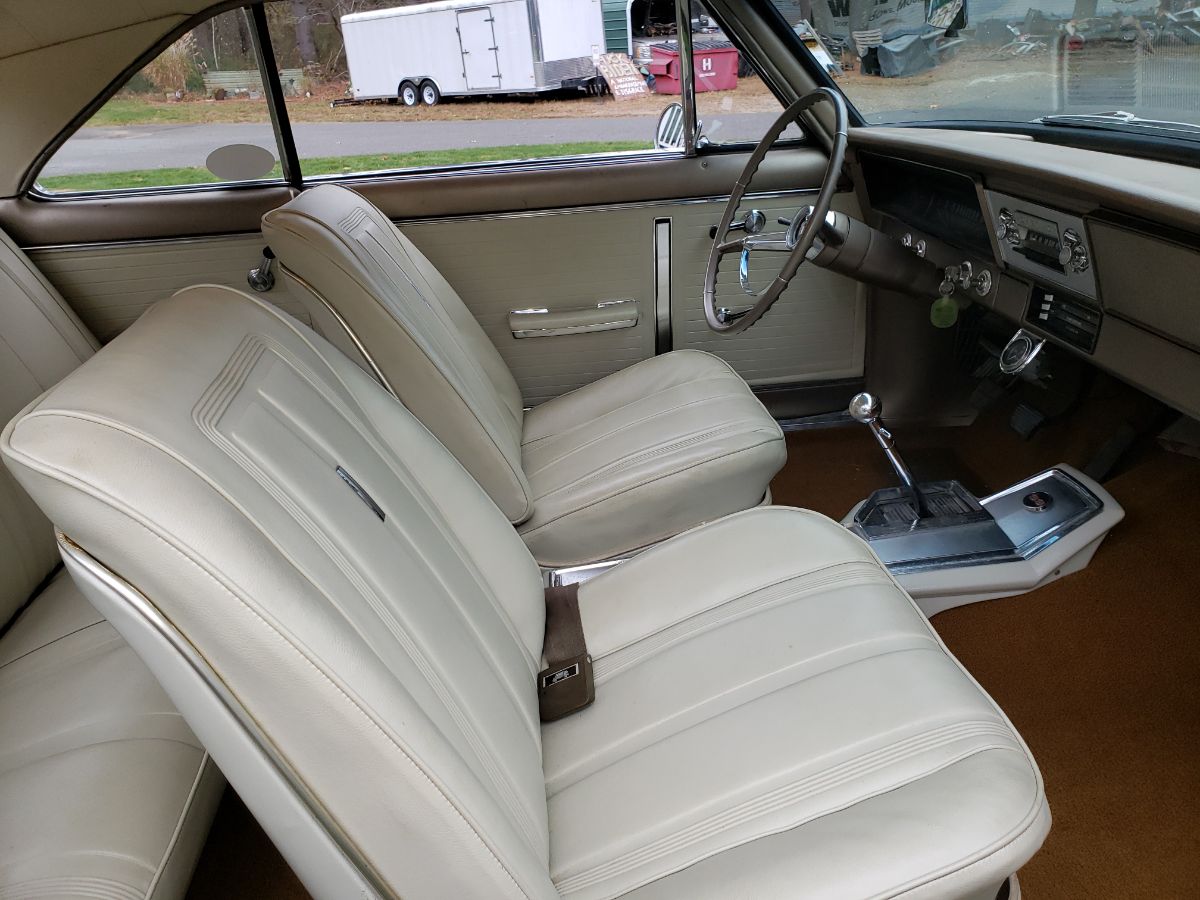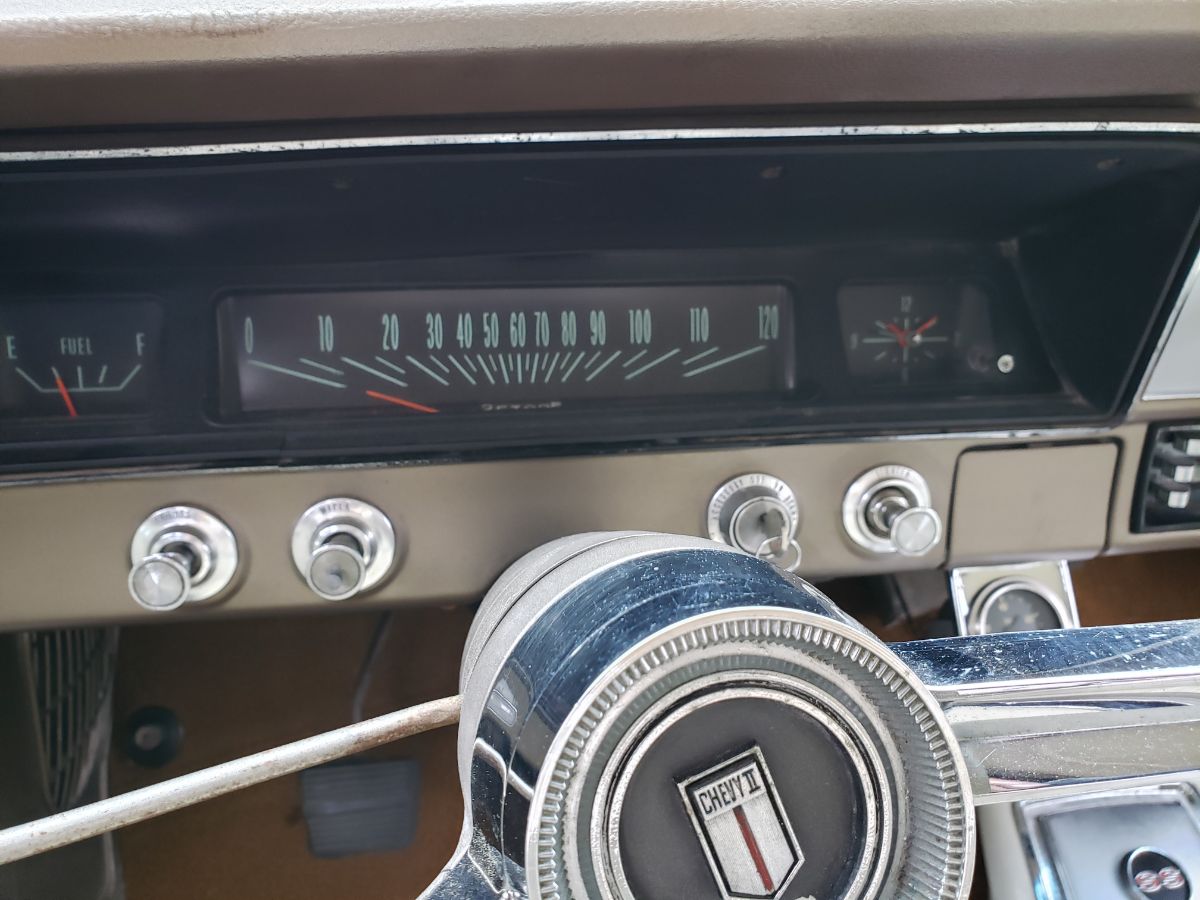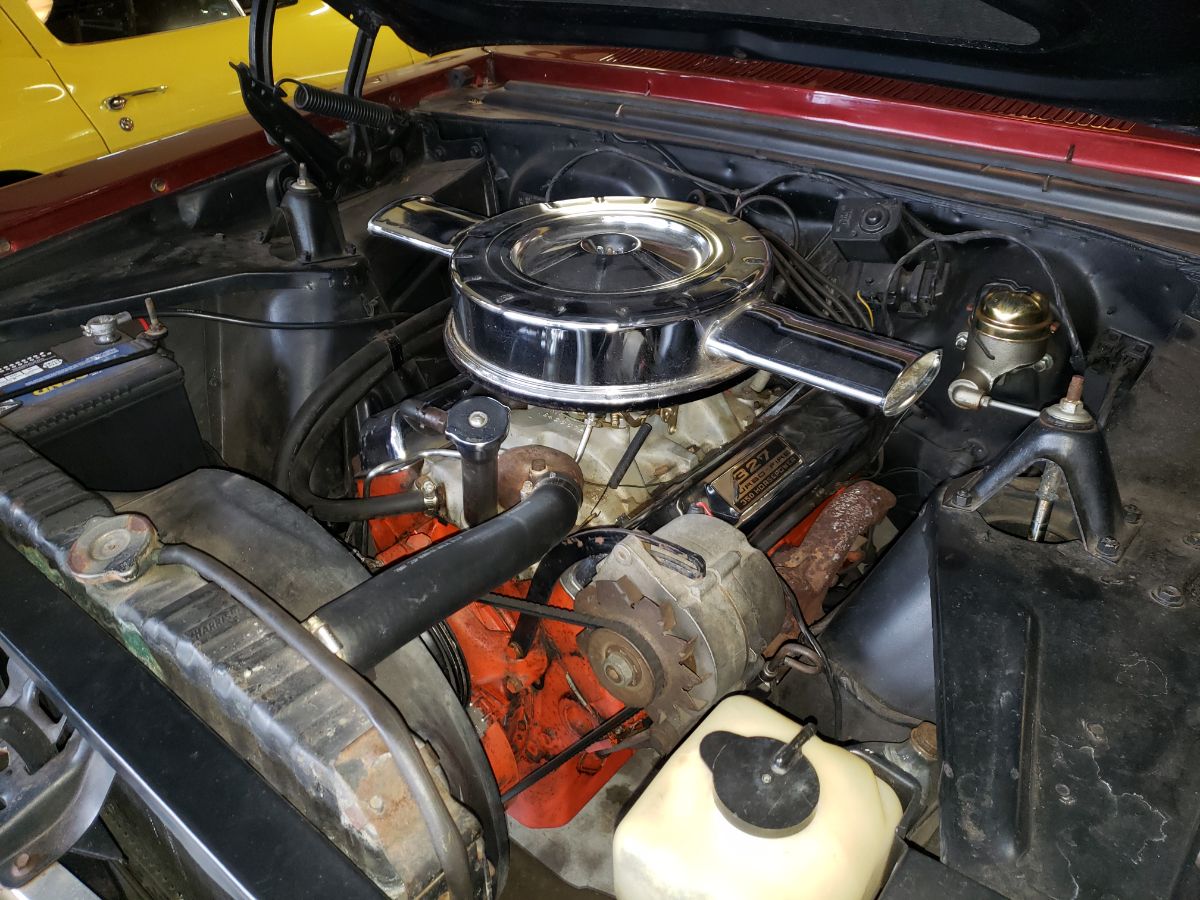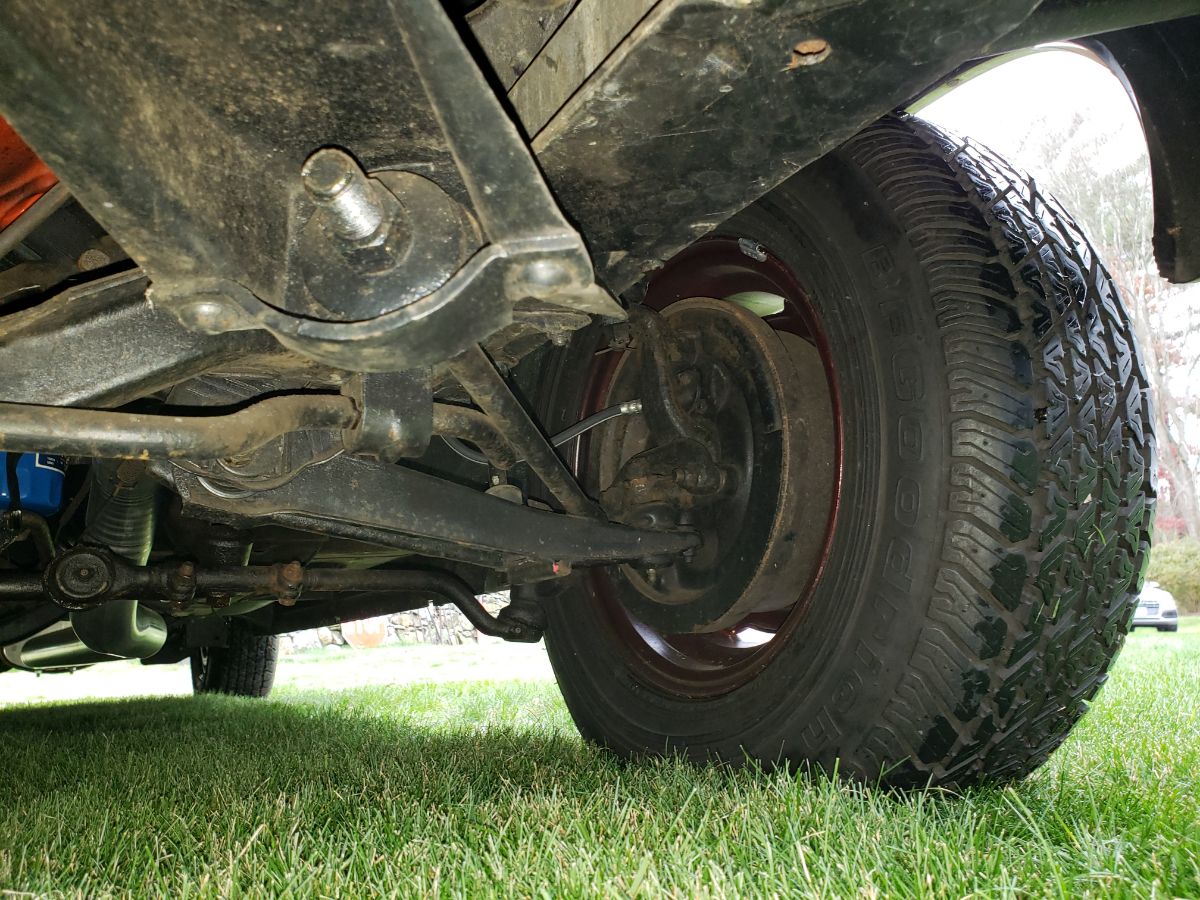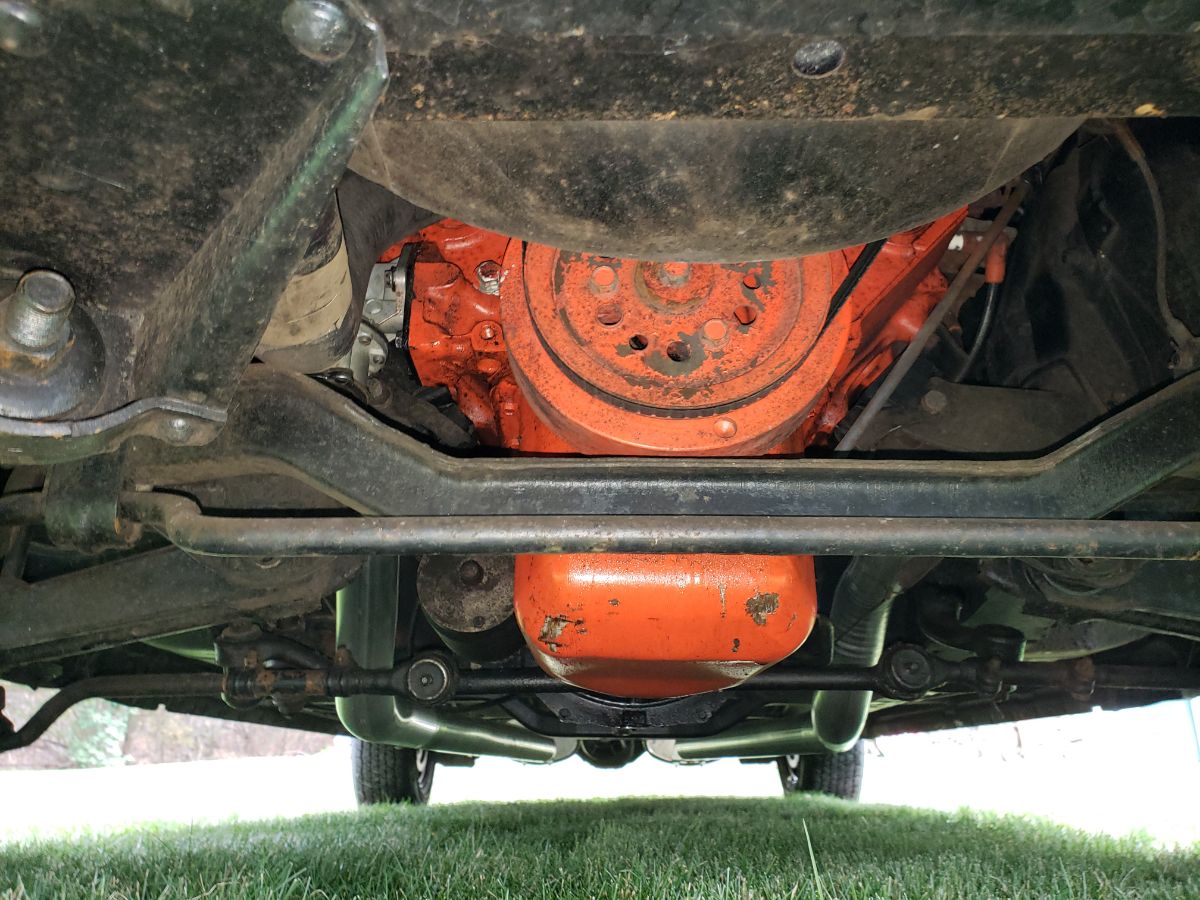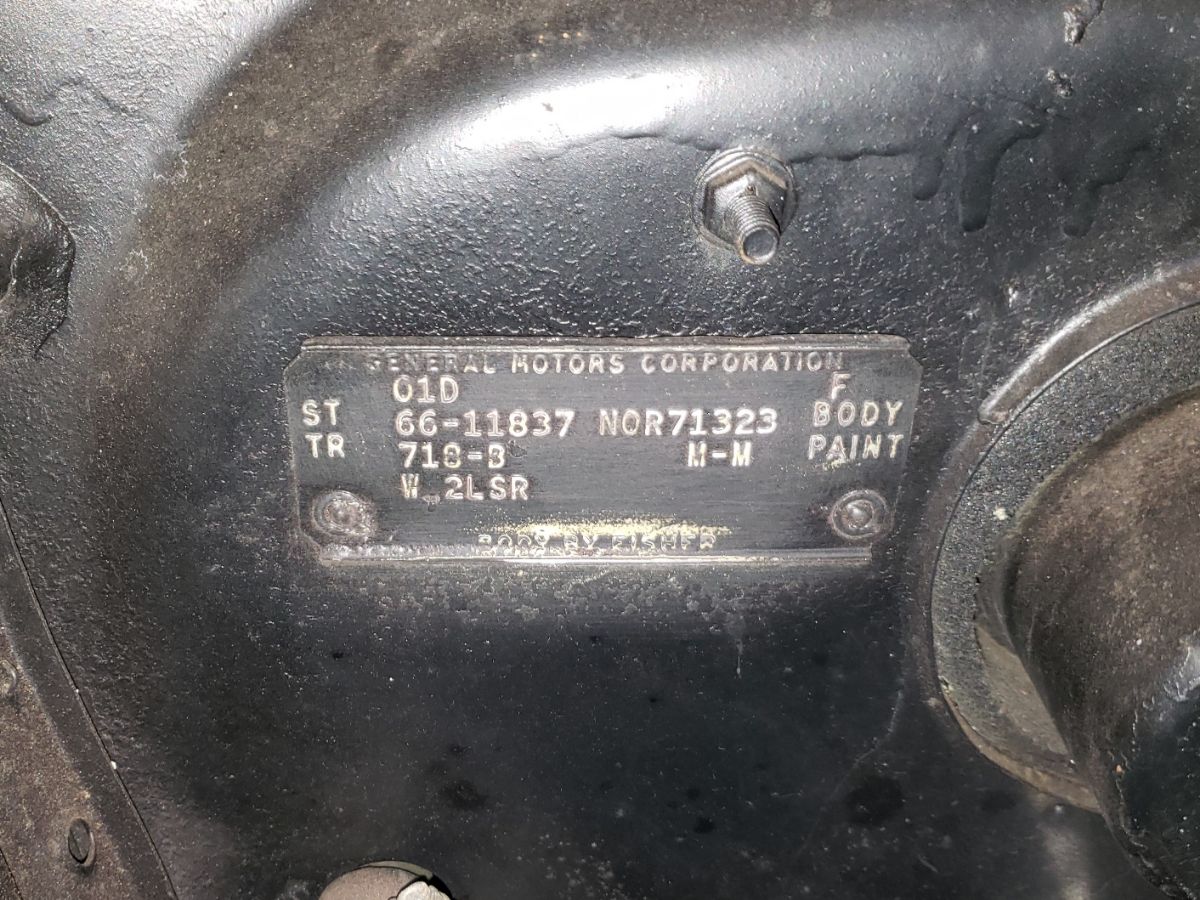No arachnophobia here: This is the kind of Spider that won’t give you the creepy-crawlies.
The Pick of the Day is a low-mileage 1980 Alfa Romeo 2000 Spider Veloce listed for sale on ClassicCars.com by a private seller in Camden, Maine. (Click the link to view the listing)
“A stylish and well-preserved example of Alfa Romeo’s award-winning Spider,” the listing begins.
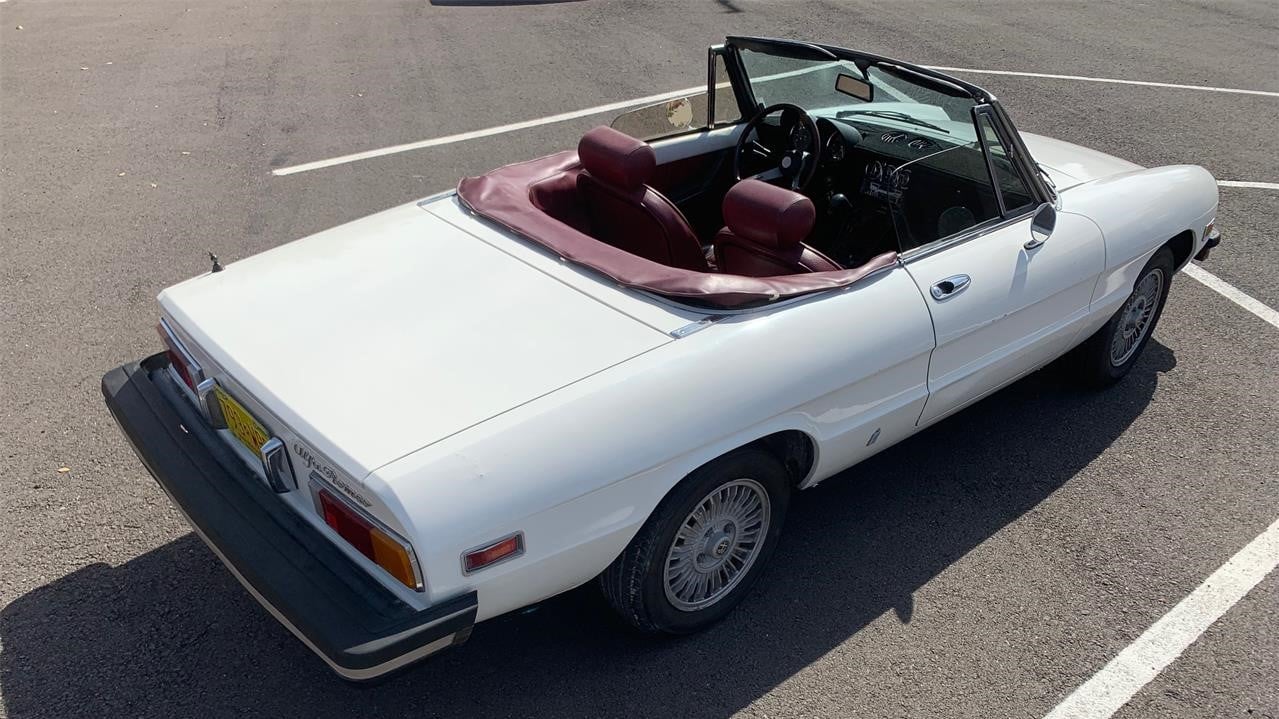
The Spider first came to life in 1966 as a two-seat, front-engine, rear-drive roadster with design language penned by Pininfarina. This Spider comes from what became known as the “Series 2” of the Spider model history. It debuted in 1970 with revisions to the grille, door handles, windshield, and tail end.
Showcasing the streamlined body is a color scheme of white over burgundy, but in true Italian form, you have to call the hues by their real names: “Bianco Porcellana” and “Rosso Rubino.” Although the vehicle is currently located in the northeast, the seller states that it was originally owned in New Mexico and is rust-free.
The odometer on this car shows just 71,800 miles and power comes from a 2.0-liter twin-cam inline-four mated to a five-speed manual transmission. The drivetrain received a long list of recent mechanical work according to the seller. Among the items addressed are:
- Cylinder head overhaul (new racing valve springs, new performance camshafts, new valves)
- New engine mount bushings
- Renewed distributor, spark plugs, and spark plug harness
- New water pump and radiator
- New belts and fluids
- New fuel tank, fuel pump, and fuel filters
- New brake master cylinder, new brake pads, and renewed rotors
Documentation is included for all of the above work.
“This Spider drives and rides like a dream. It is a beautiful vehicle to be shown around town, but it really comes alive on the back roads. The induction noise of the engine is inebriating, the exhaust cracks and pops under deceleration, and the chassis works in tandem with the glorious Alfa Romeo twin-cam to fulfill every input and desires of the driver,” the listing concludes. “It is a driver’s car if there is one.”
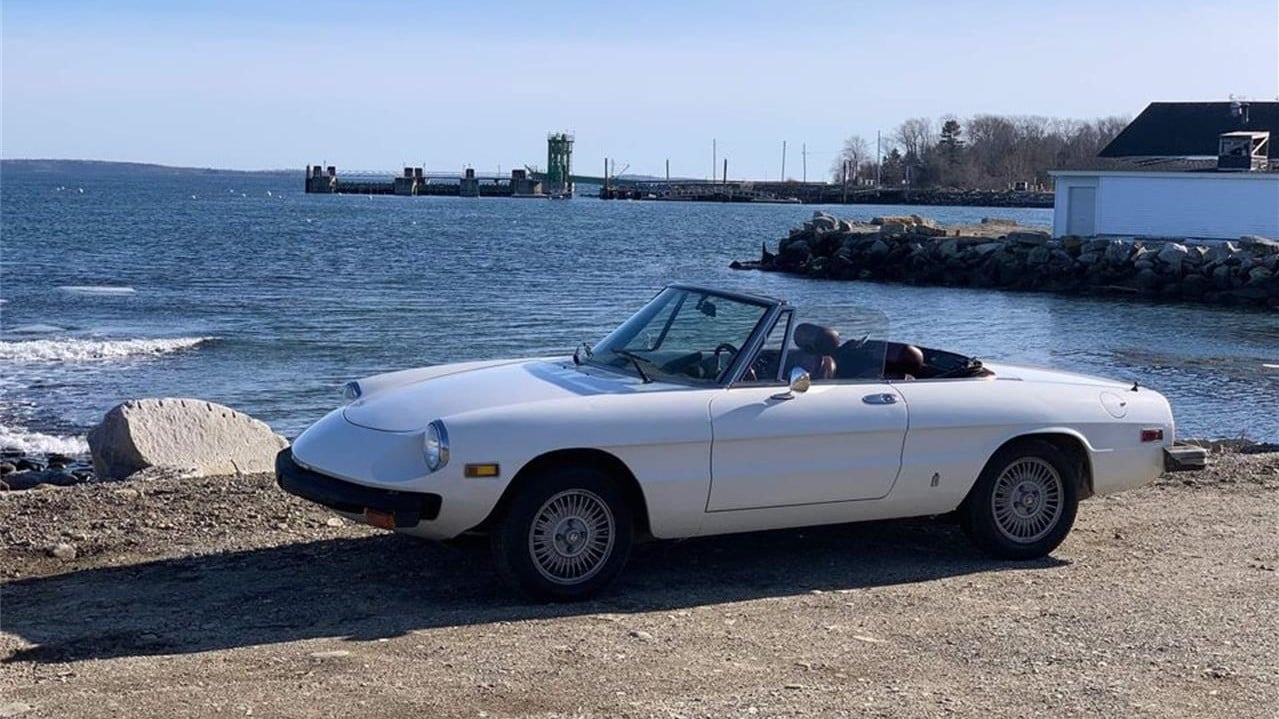
The seller is asking $9,995 or best offer for this Spider, which seems like a fair price given its southern ownership history, low mileage, and recent maintenance. Best of all, it’s the kind of spider you have in your dreams instead of your nightmares.
To view this listing on ClassicCars.com, see Pick of the Day.

